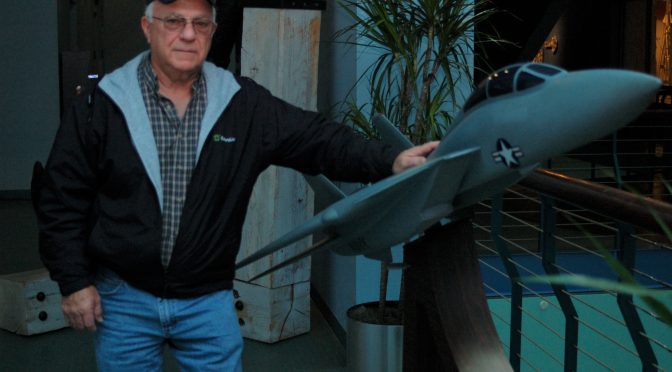I calls it a zombie tank because it’s six decades old and refuses to die.
People’s Republic of China, 2021: 
CHINA’S TYPE 59D, UPDATED COLD WAR T-54/55, TO LIVE-ON AS A ROBOT TANK?
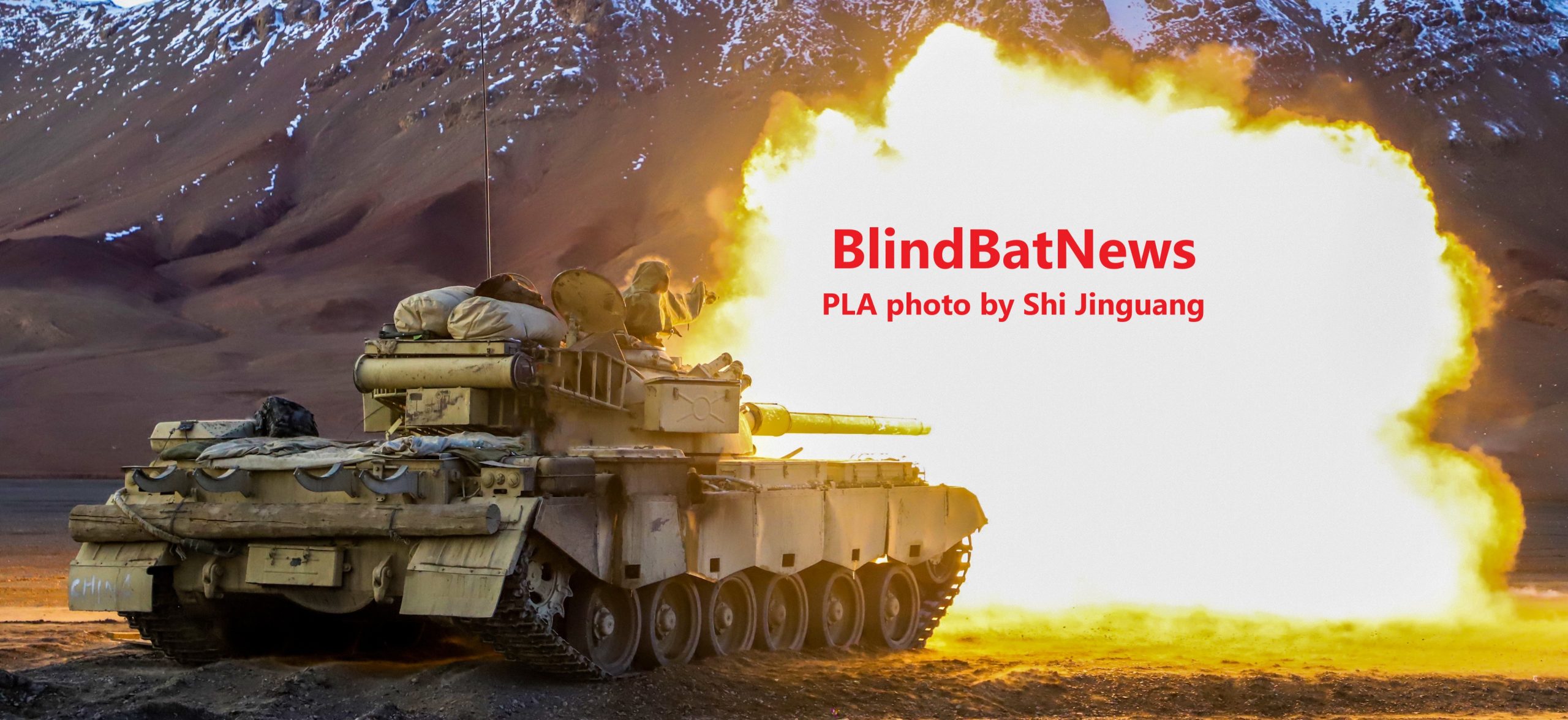
CHINA STILL USES THE NATO GUNNED TYPE 88 WARSAW PACT BASED T-54/55 TANK
Lost your hull? No problem, mount your turret on a truck trailer: 
Syria 2012 to present:
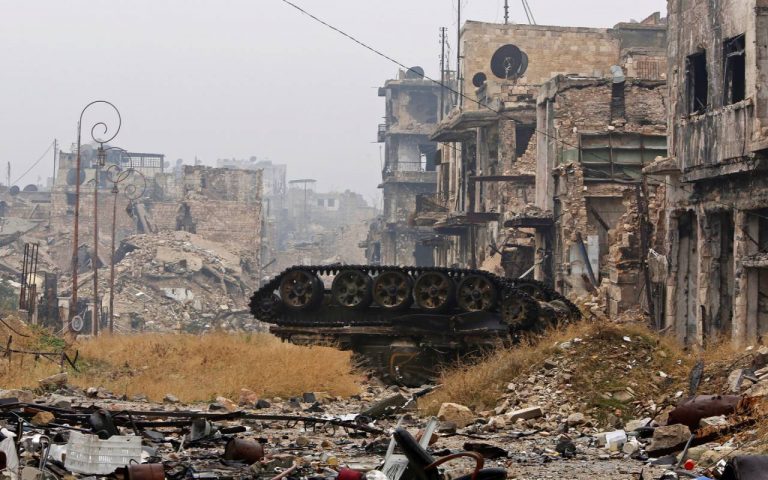
Date and location unknown, possibly inside Syria, a T-55 somehow ended up on its turret!
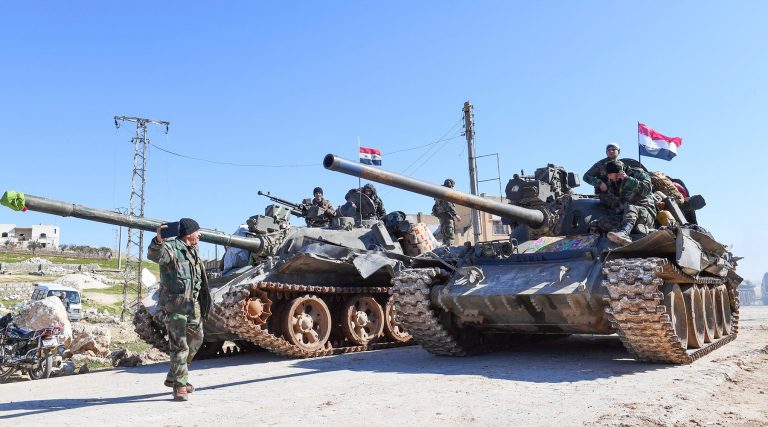
Government T-55s.
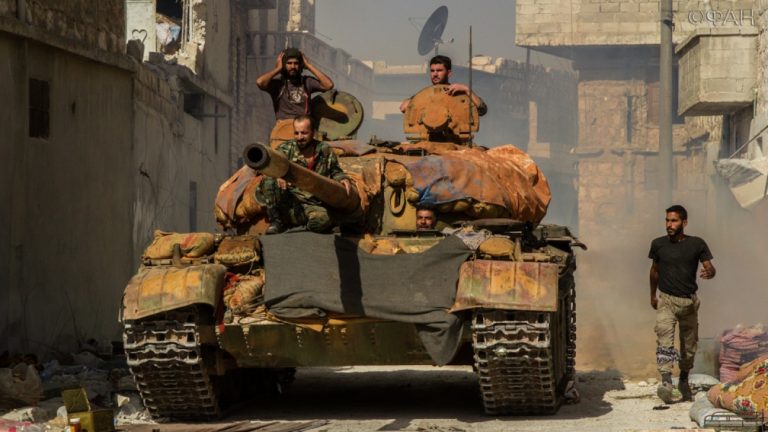
Insurgent T-55.
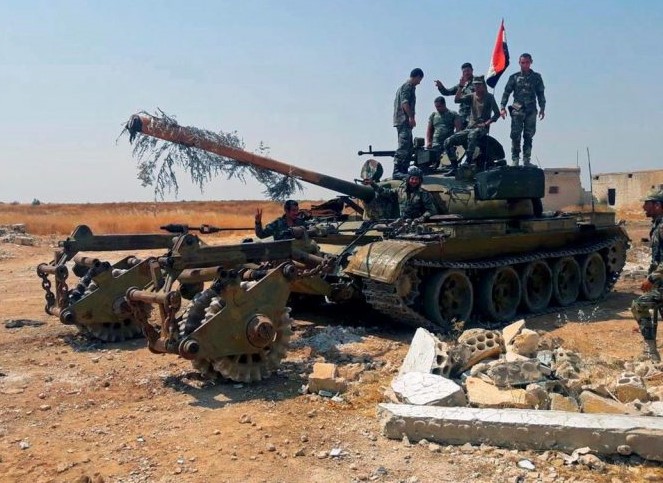
With a mine-roller.
Iraq 2020: 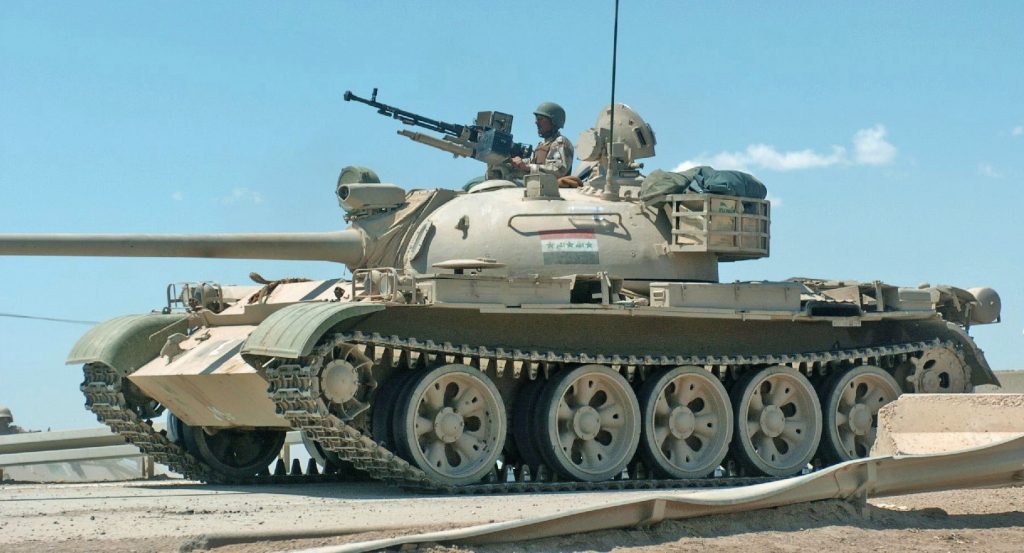 They still like those Chinese Type 69s. See more in Iraqi Armor after the Invasion.
They still like those Chinese Type 69s. See more in Iraqi Armor after the Invasion.
Romanian T-55s taking part in NATOs Saber Guardian, June 2019:
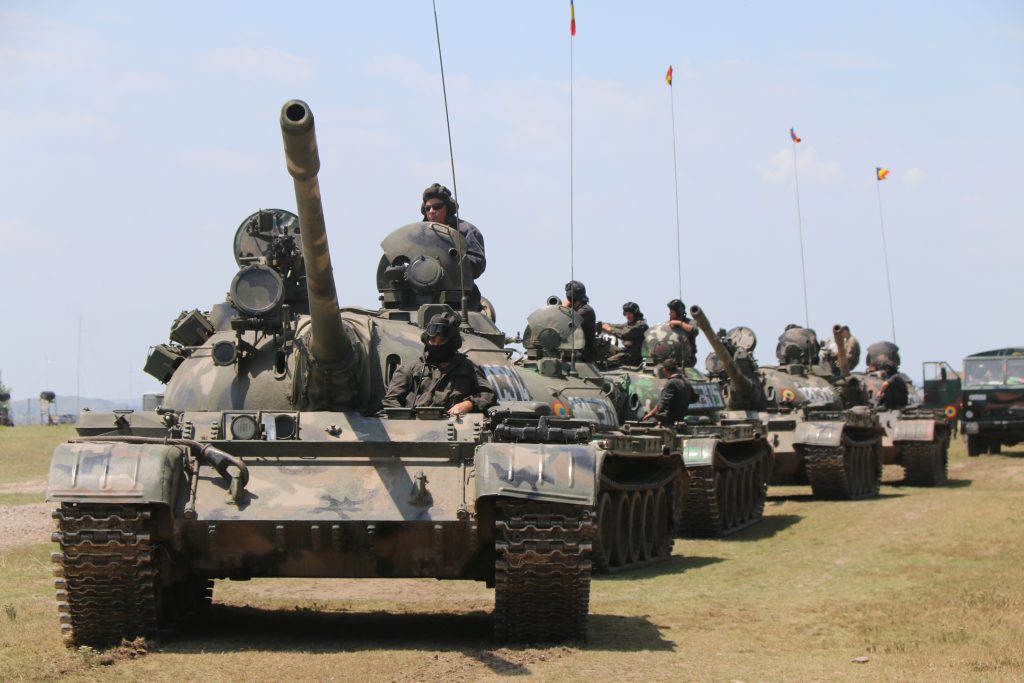
U.S. Navy photo by Lieutenant Alex Cornell du Houx, 13JUN2019.
Video August 2018, Afghan government T-55 Boom Stick in action in Sangin District, while U.S. Marines watch:
Kurdish Peshmerga T-55, Iraq, May 2016:
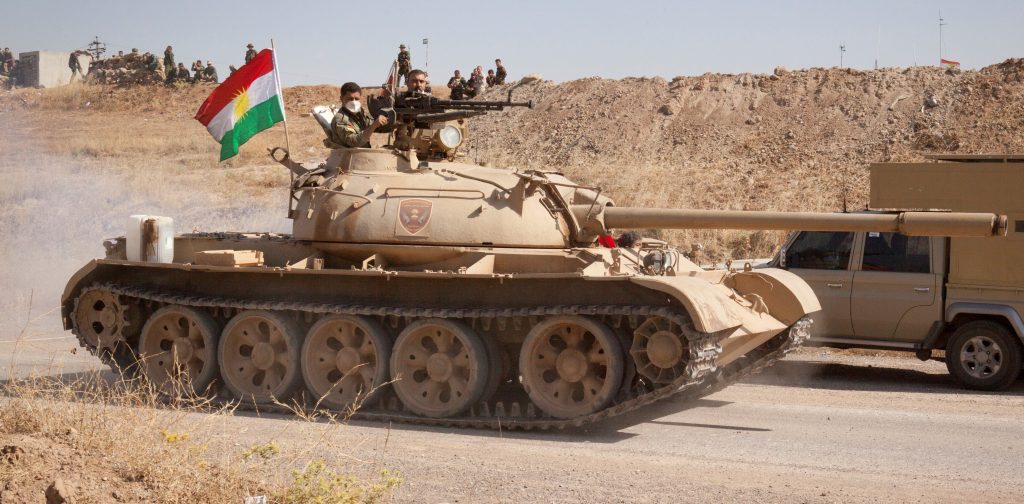
U.S. Army photo by Staff Sergeant Sergio Rangel, 29MAY2016.
Click here to watch extremist insurgents execute captured Syrian soldier with a T-55 tank!
Romanian T-55s, April 2016:
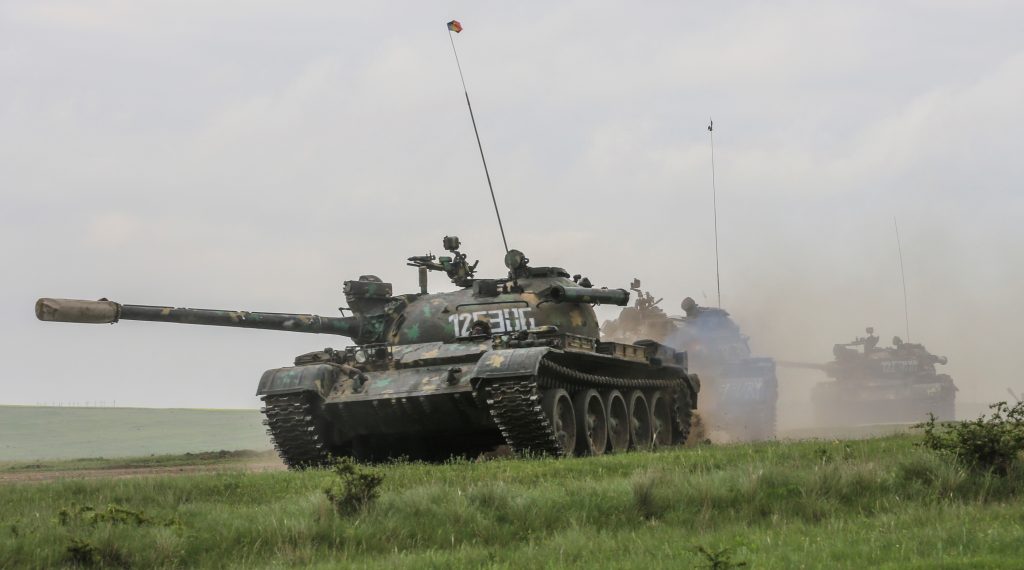
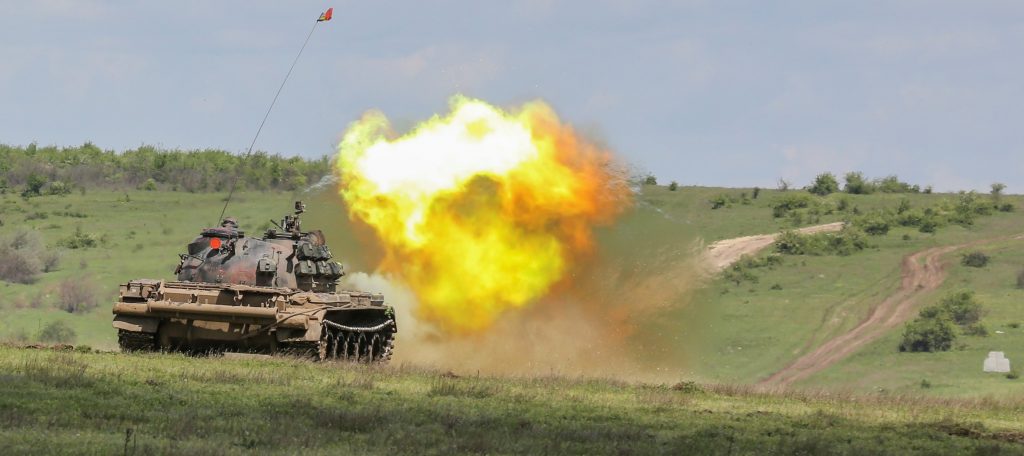
African Union T-55AMV, 2015:
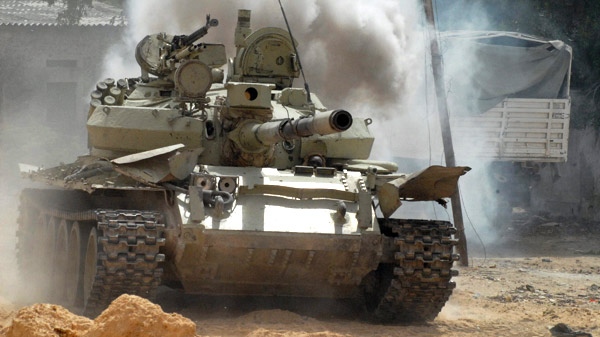
African Union female T-55 crew: 

Bamyan, Afghanistan, 2012:
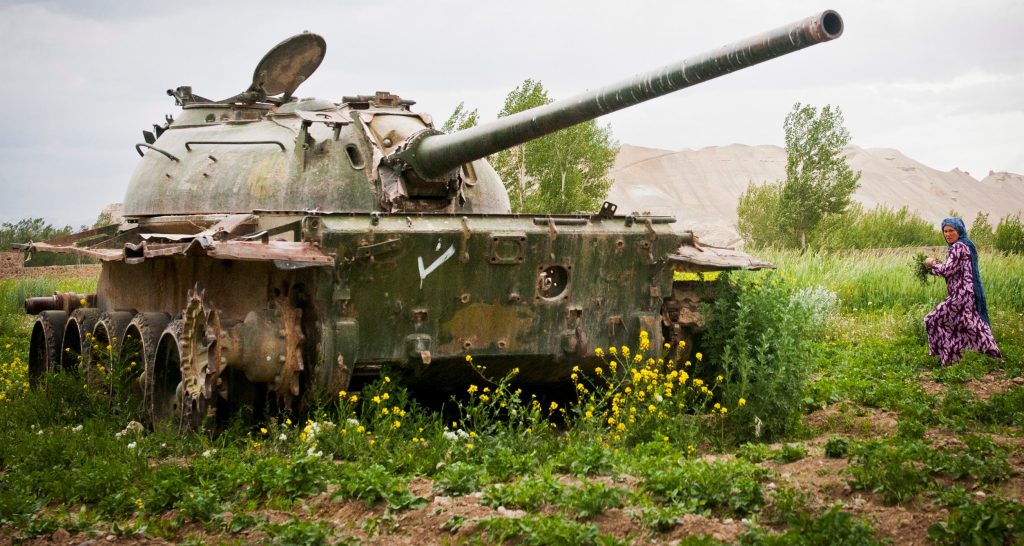
An old T-54.
See more in Steel Skeletons of Soviet Afghanistan.
Daymirdad, Afghanistan, 2011: 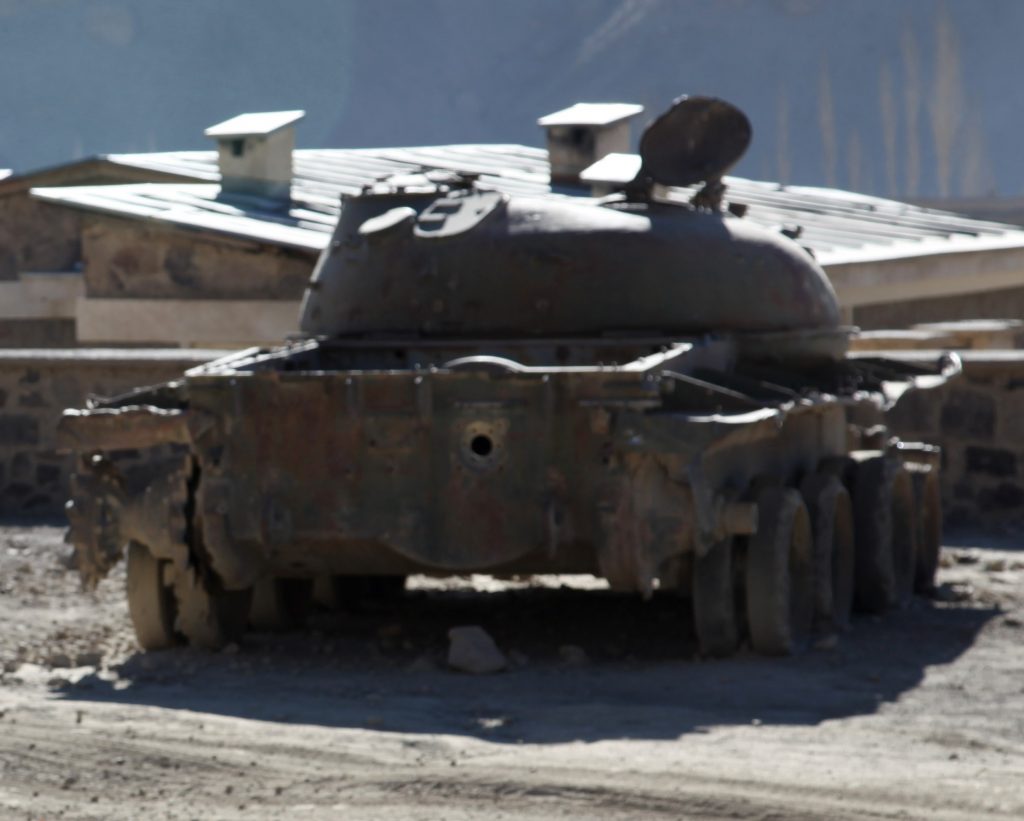
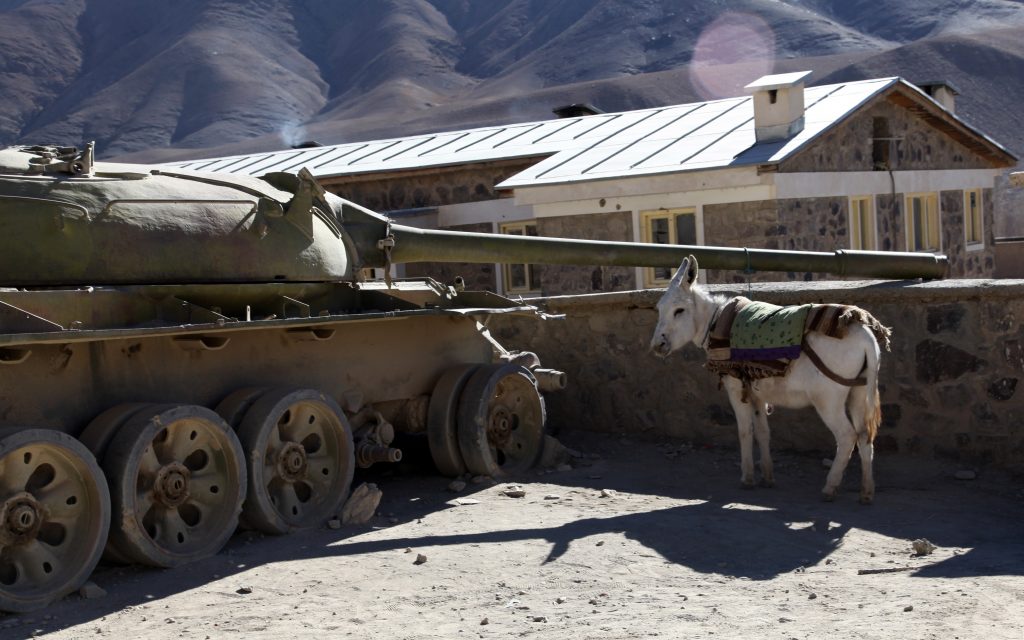
T-55, U.S. Army photo by Sergeant Sean Casey, 09JAN2011.
Iraq 2010: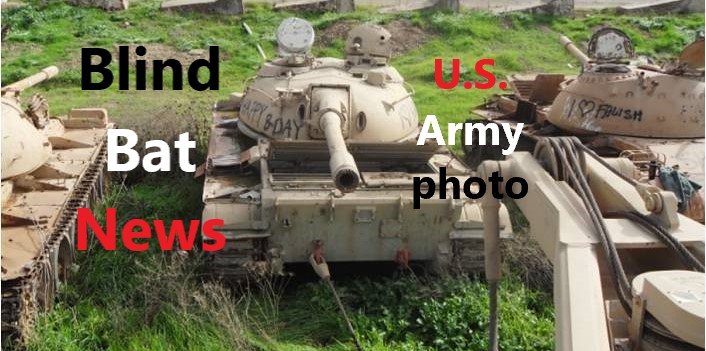 U.S. BRINGS DEAD IRAQI T-55 BACK TO LIFE!
U.S. BRINGS DEAD IRAQI T-55 BACK TO LIFE!
Iraqi T-54/55 ARV, Salman Pak, November 2008:
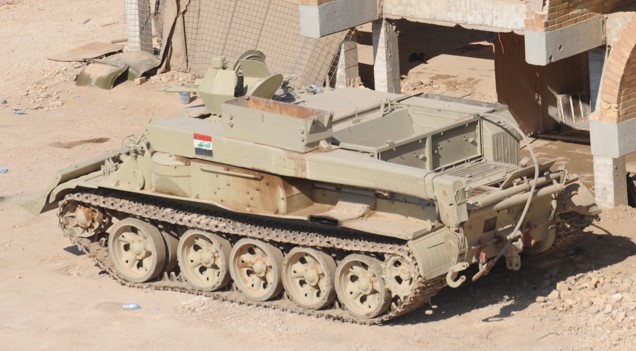
U.S. Army photo by Specialist Chase Kincaid, 15NOV2008.
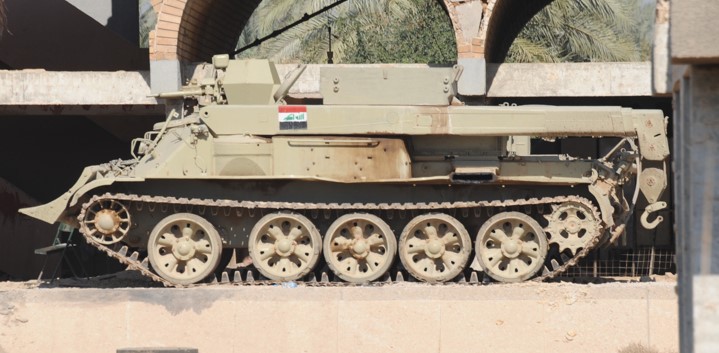
U.S. Army photo by Specialist Chase Kincaid, 15NOV2008.
T-55 Salman Pak, Iraq, November 2008:
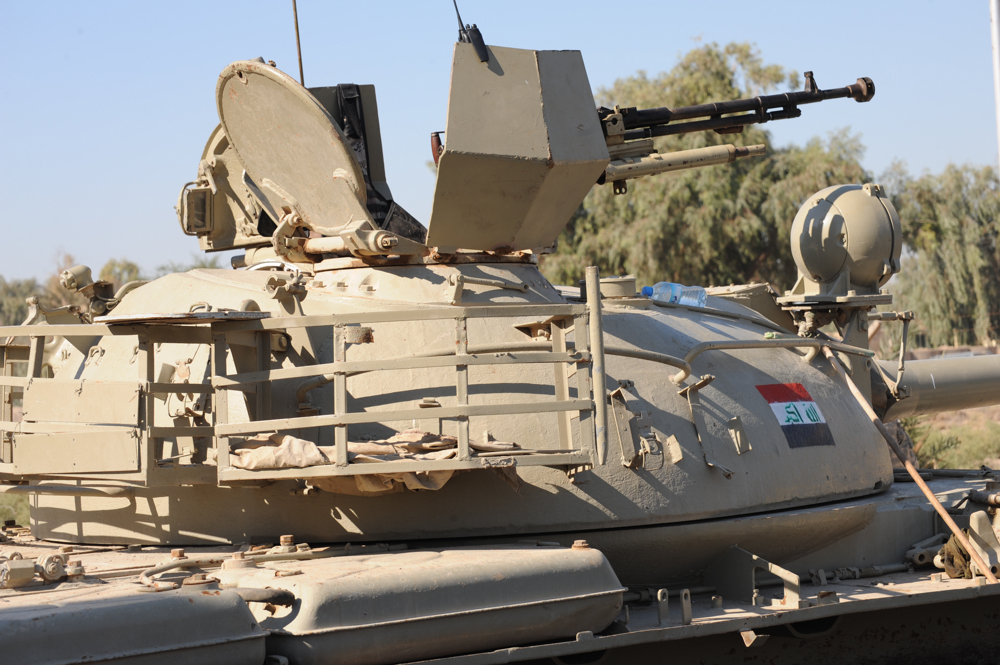
U.S. Army photo by Specialist Chase Kincaid, 15NOV2008.
Al Ja’ara village, Iraq, January 2008:
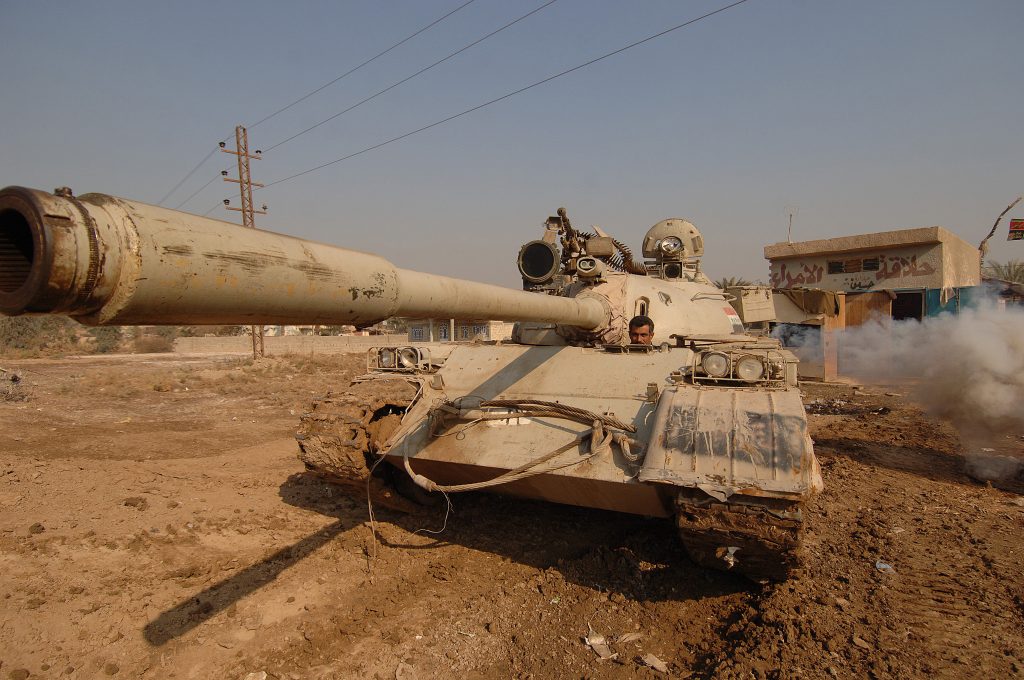
U.S. Defense Department photo, 14JAN2008.
Iraq 2003:
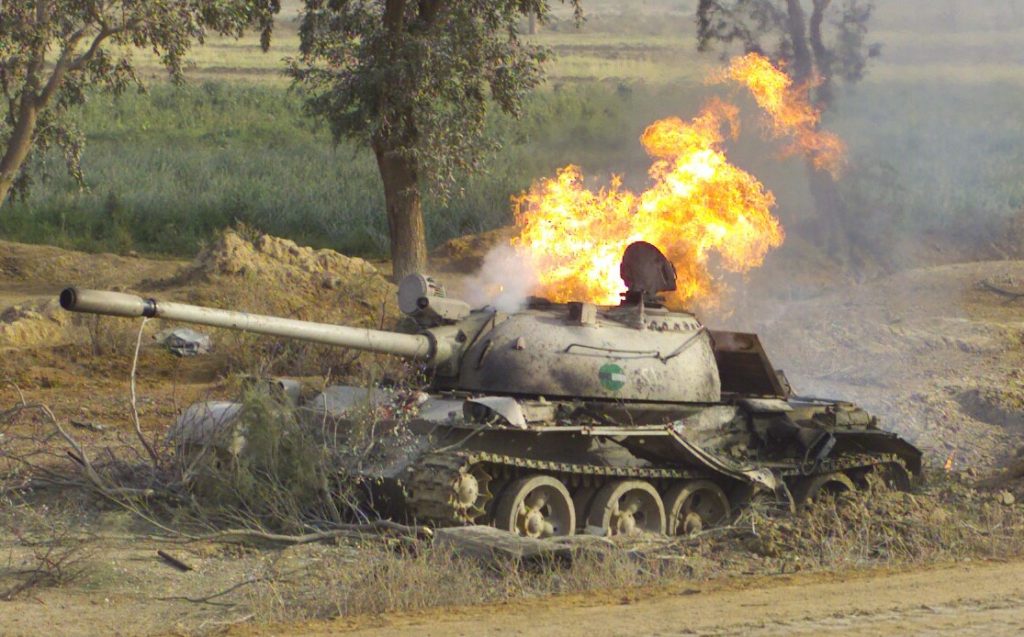
Chinese Type 69 (‘upgraded’ T-55). USN/USMC photo.
See more in Iraq 2003 Battle Damage.
Bagram Air Base, Afghanistan, 2002:
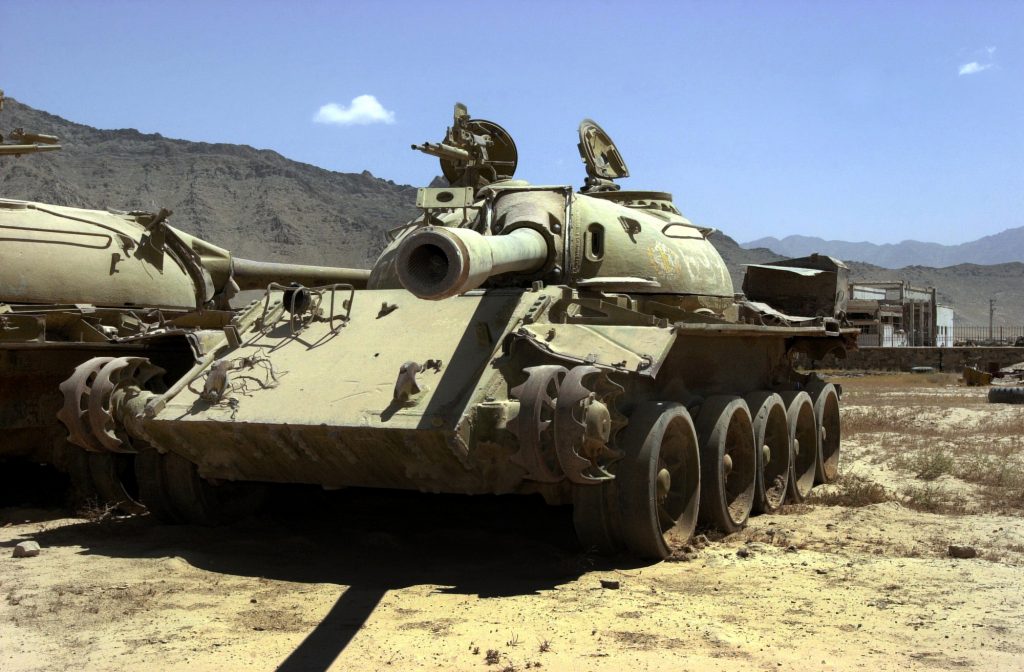
Ventilator on turret top and small hole for bow machine gun on front slope indicates this was a T-54. U.S. Navy photo by Photographer’s Mate First Class Arlo K. Abrahamson, 29MAY2002.
Cambodia: 

Iraqi Chinese made T-55 assaults Iranian infantry line during Iran-Iraq War: 
Vietnam, T-54: 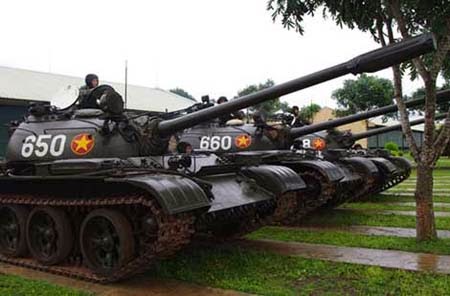
Supposedly upgraded Nicaraguan T-55: 
Bosnia & Herzegovina 1996-98:
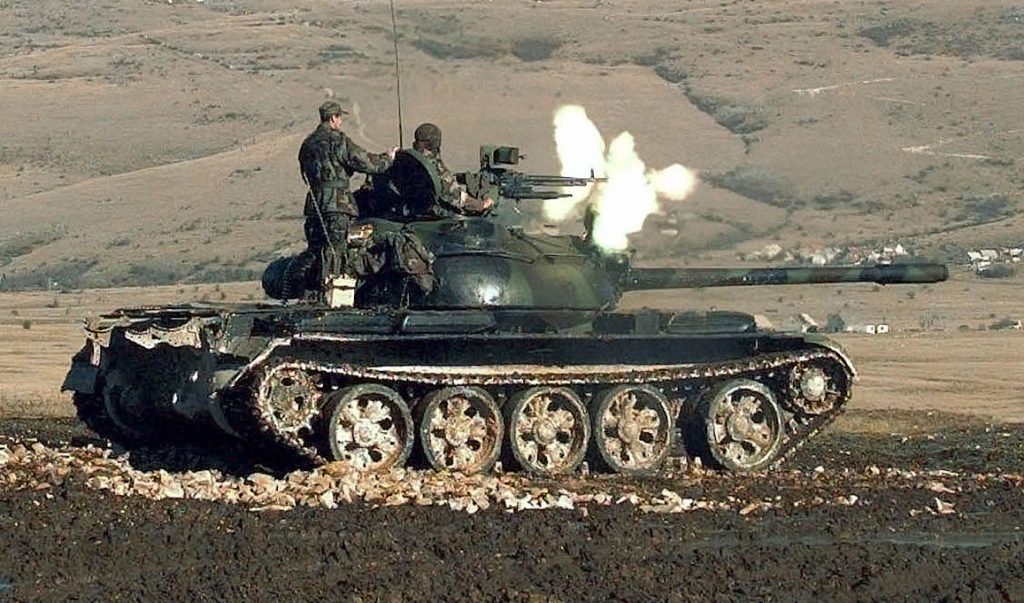
Croat (HVO) T-55 crew fires-off their 12.7mm gun, on the Barbara Range in Glamoc, Bosnia and Herzegovina. U.S. Department of Defense photo by Staff Sergeant Kim Price, October 1998.
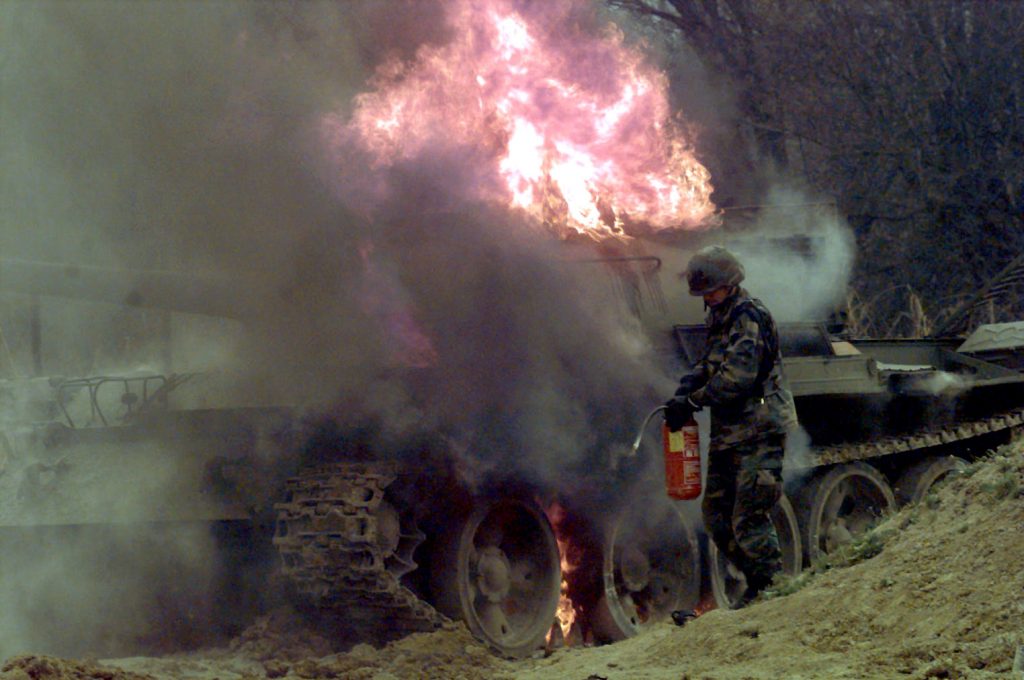
A U.S. Army First Lieutenant tries to keep flames from spreading. This Serbian T-55 was deliberately blown-up with C-4 plastic explosive by the U.S. Army, on Camp Dobol, Bosnia-Herzegovina. U.S. Army photo by Sergeant Angel Clemons, 15MAR1997.
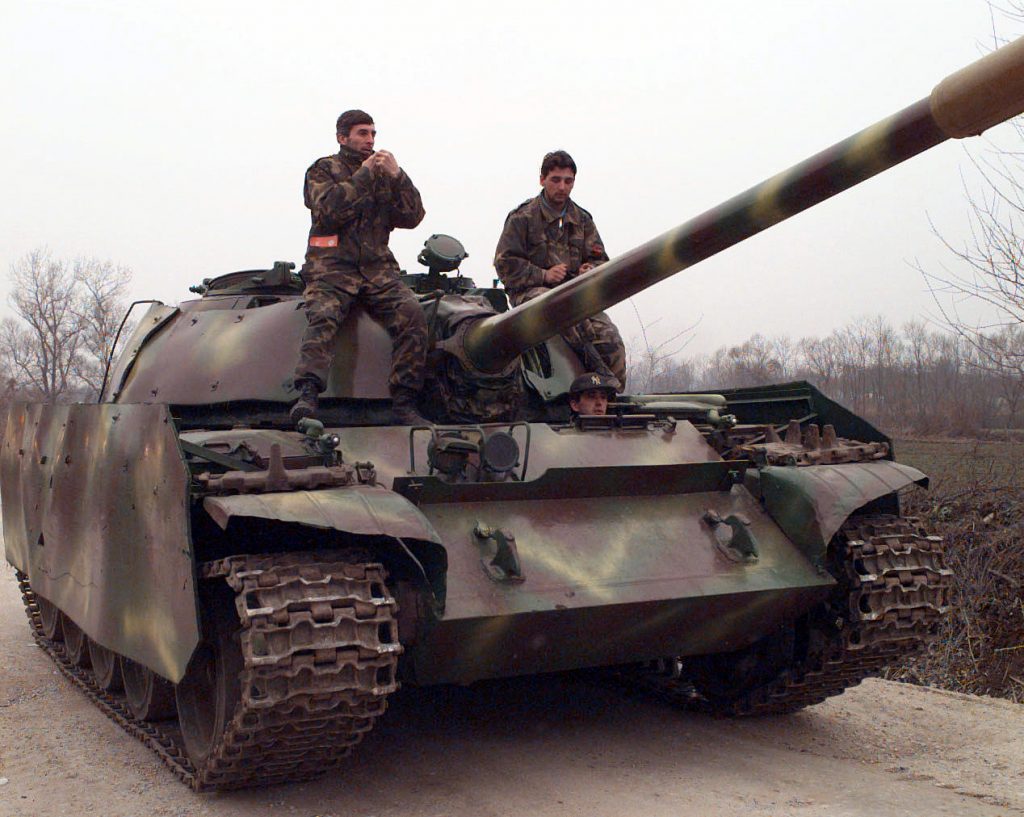
T-55 ‘upgraded’ with vulcanized rubber armor, Broko area of Bosnia-Herzegovina. U.S. Department of Defense photo by Staff Sergeant Jon E. Long, January 1996.
Iraq 1991:
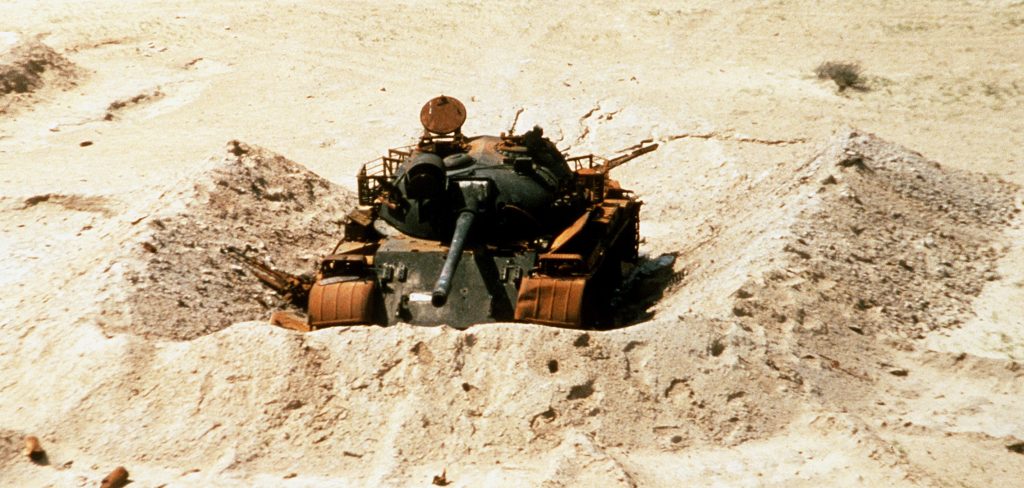
What’s left of an Iraqi Type 69, a Chinese ‘upgrade’ of the T-55. U.S. Department of Defense photo by Staff Sergeant Robert Reeve, March 1991.
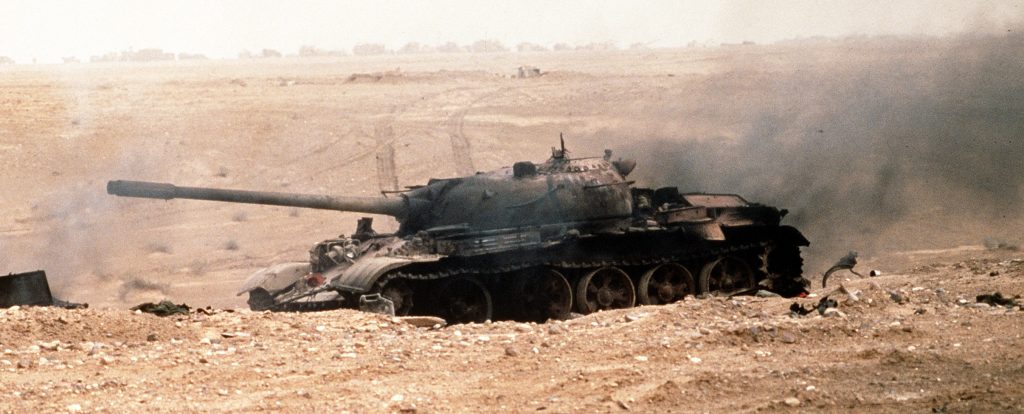
Smoldering Iraqi T-55 on the border with Kuwait. U.S. Army photo by Specialist Joel Torres, 28FEB1991.
CzechoSlovakia 1989:
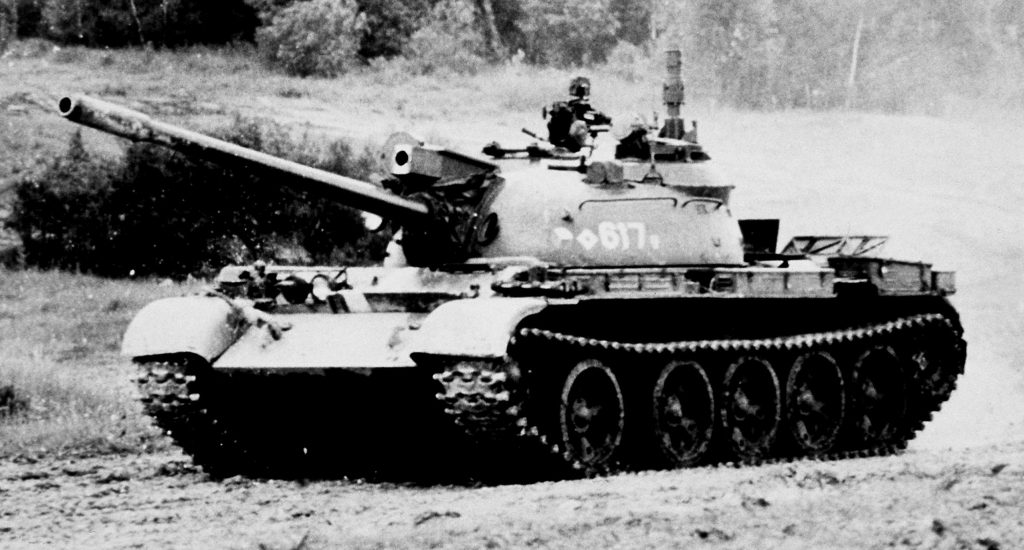
Just a few years before the end of the unofficial Cold War, Czechoslovakia upgraded their T-55s with ‘Western-NATO’ targeting systems.
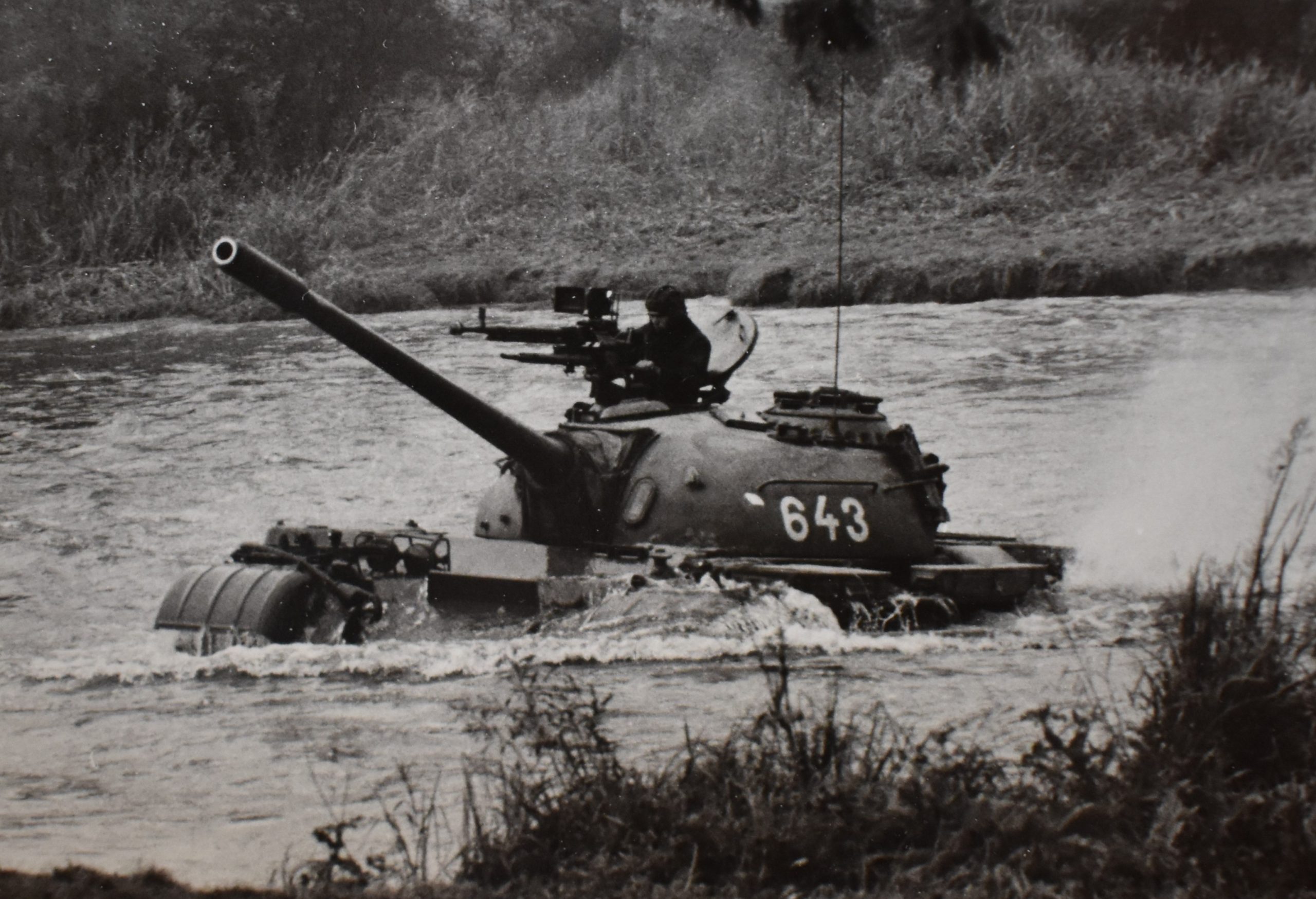
CzechoSlovak T-54, date and photographer unknown.
Egypt 1985:
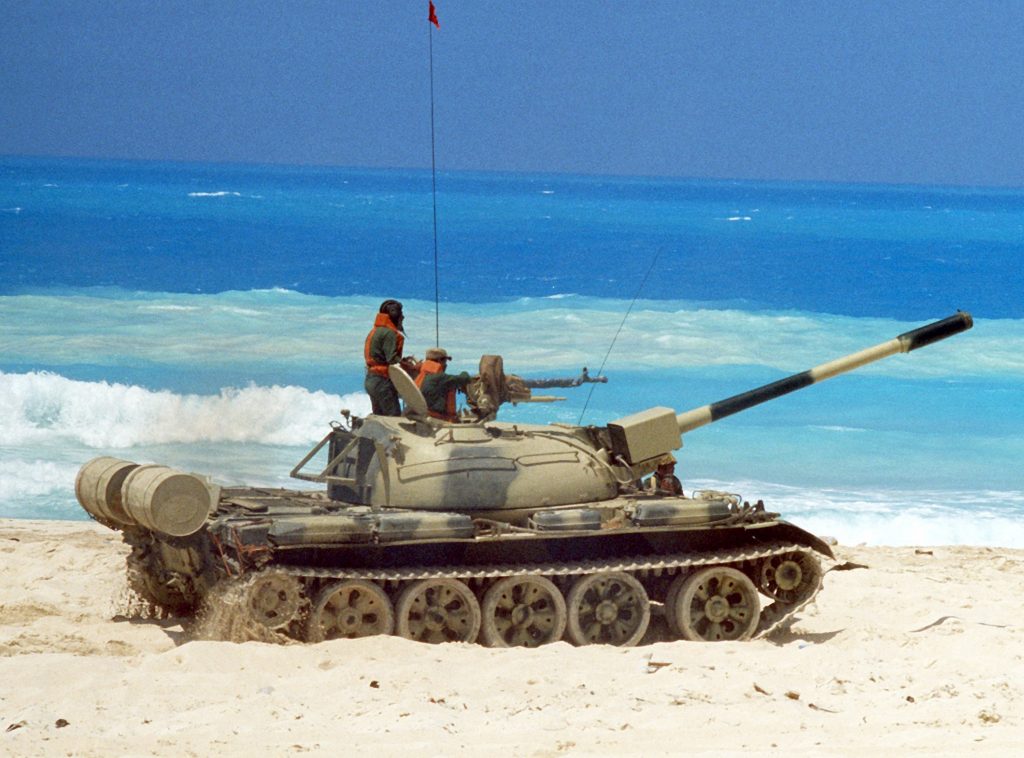
Notice the ‘Western’ style square search light. U.S. Department of Defense photo by Captain Mark Beberwyck, August 1985.
U.S.A. 1987:
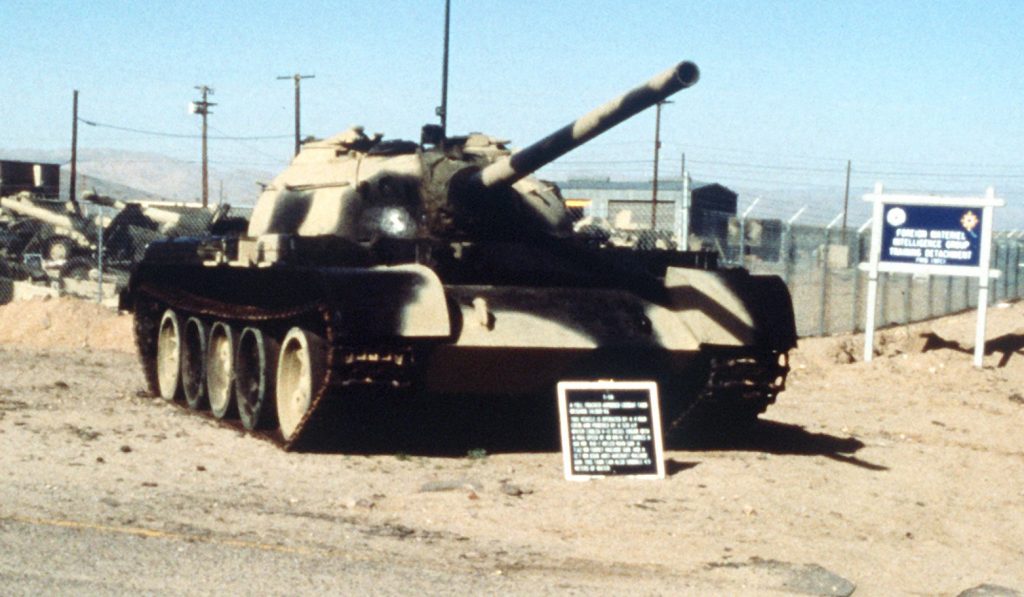
Captured T-54/55, Foreign Materiel Intelligence Group Training Detachment, Fort Irwin, California. U.S. Army photo by Donna Fulghum, 10MAR1987.
Peru 1983:
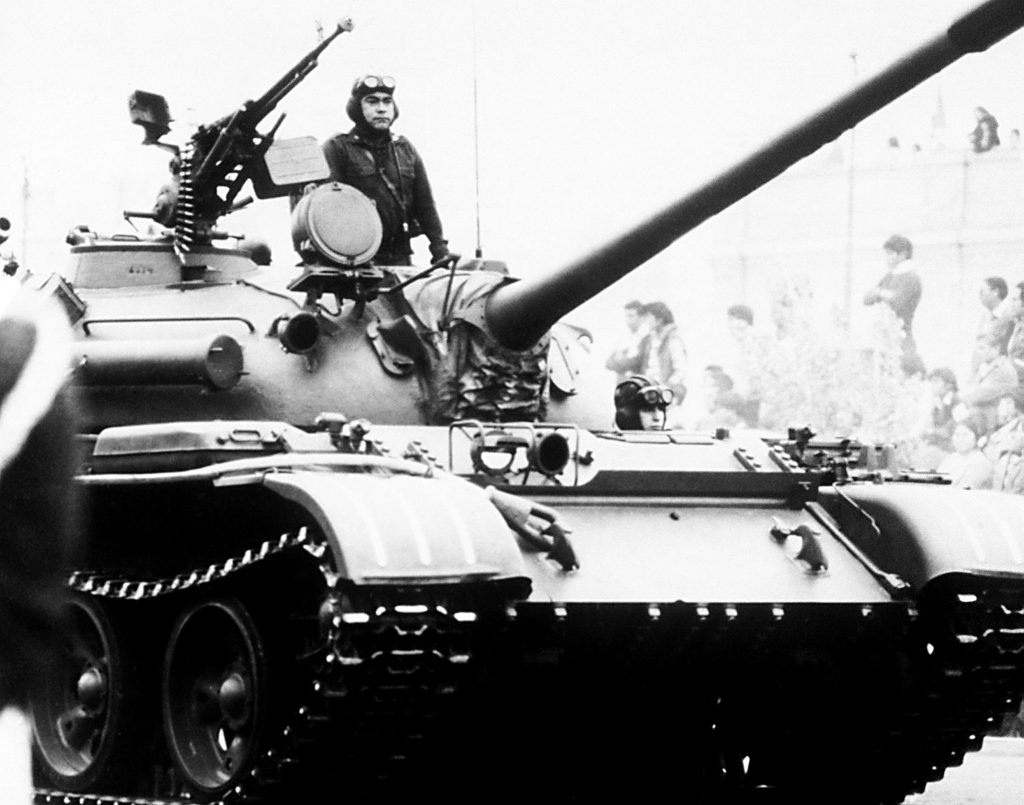
Factory fresh/parade ready T-54 (indicated by the bow machine gun hole in the front slope), 1983(?).
U.S.A. 1984:
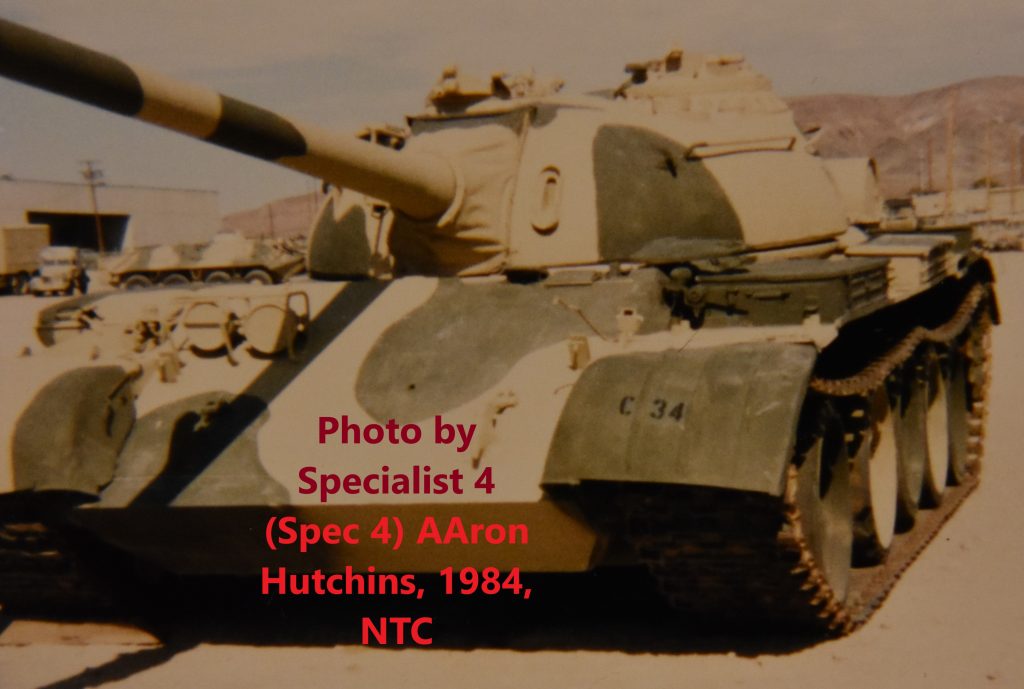
Photo taken by ‘yours truly’, while on a California Army National Guard drill weekend on Fort Irwin, National Training Center, California. You can see the hole in the front slope of the hull for the bow machine gun, which is typical of the T-54. Early T-54s also had a ventilator on the turret top.
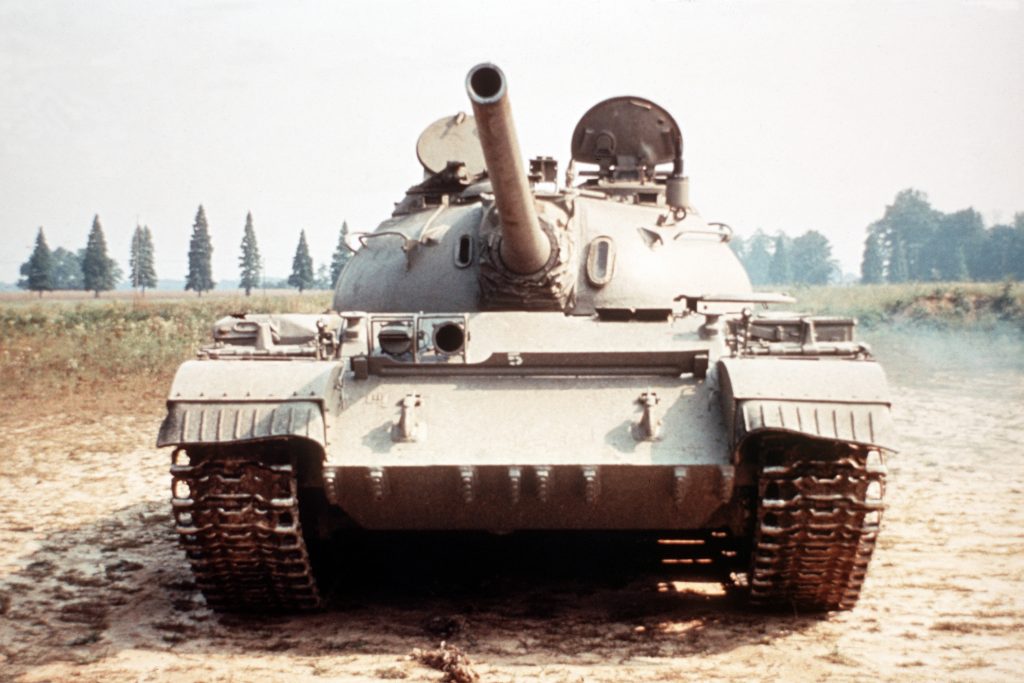
T-54 (it has a ventilator on top of the turret) captured by Israel then turned over to the United States, notice the U.S. military antenna mast mounted on top of the turret. Photo dated November 1984.
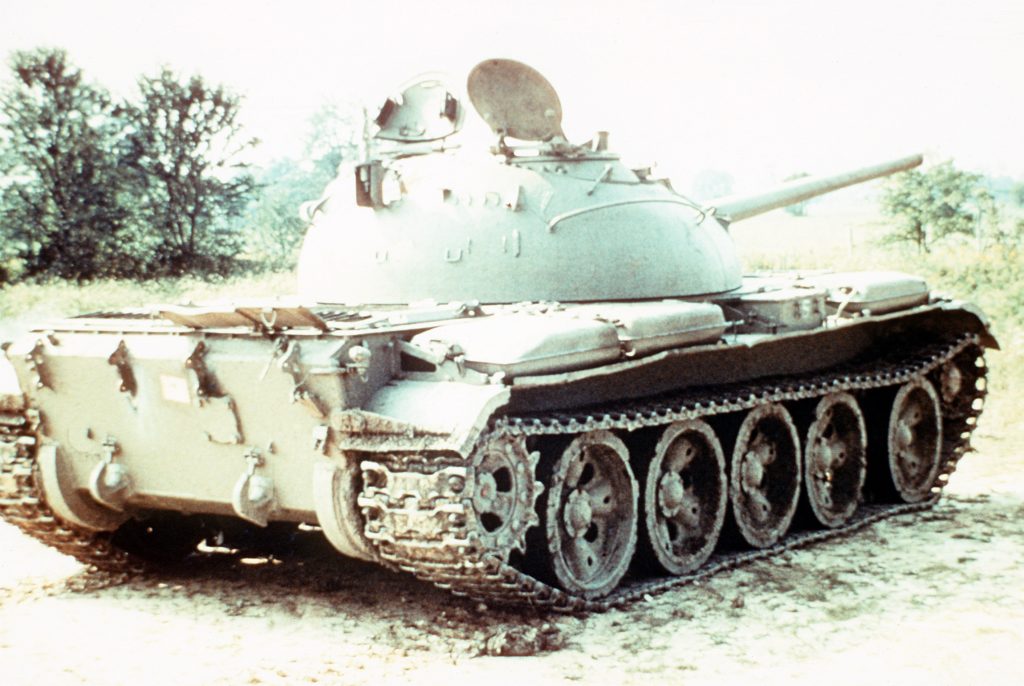
Israel 1974:
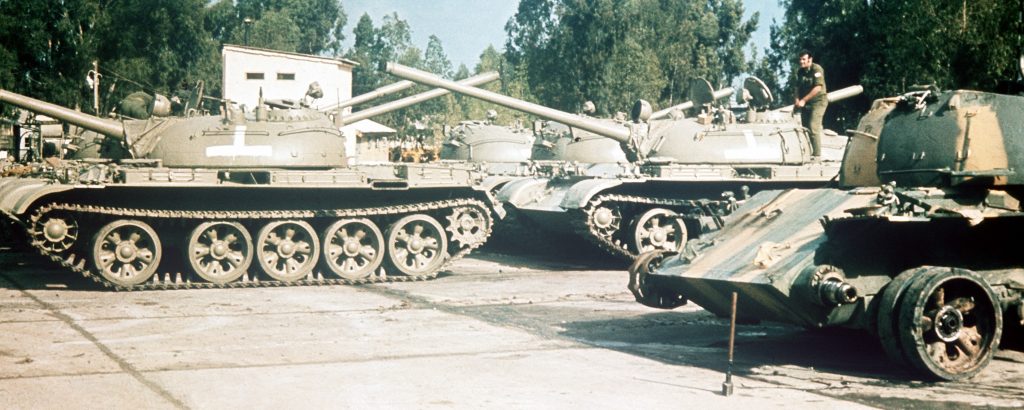
Photo dated May 1974, location unknown, however it appears to be captured T-55s put to use by the Israeli Defense Forces.
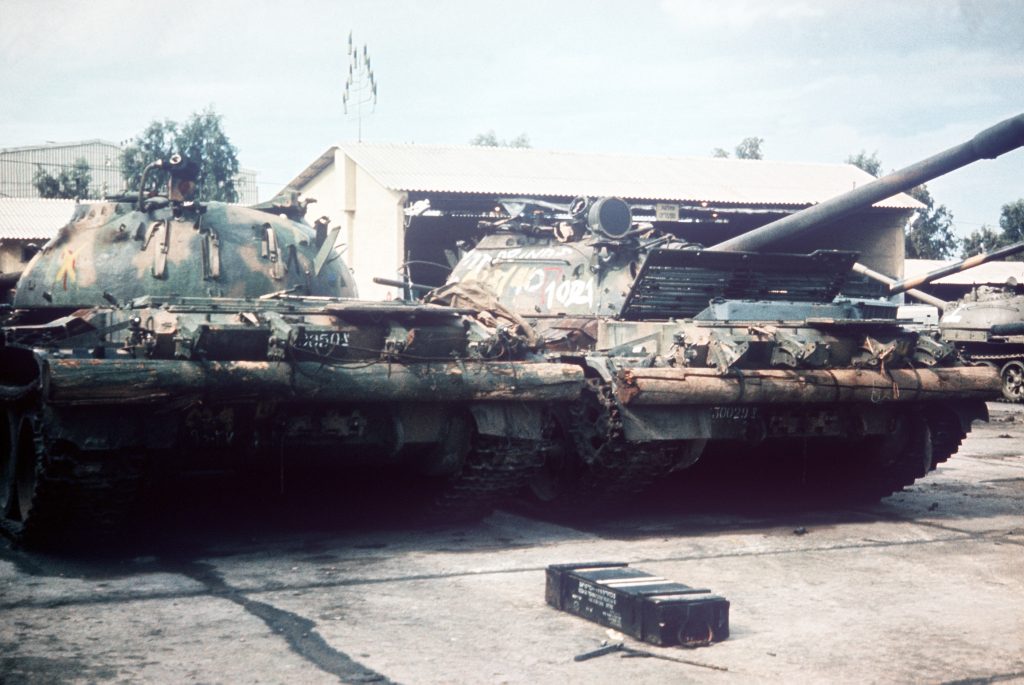
Being cannibalized for parts.
Egypt 1974:
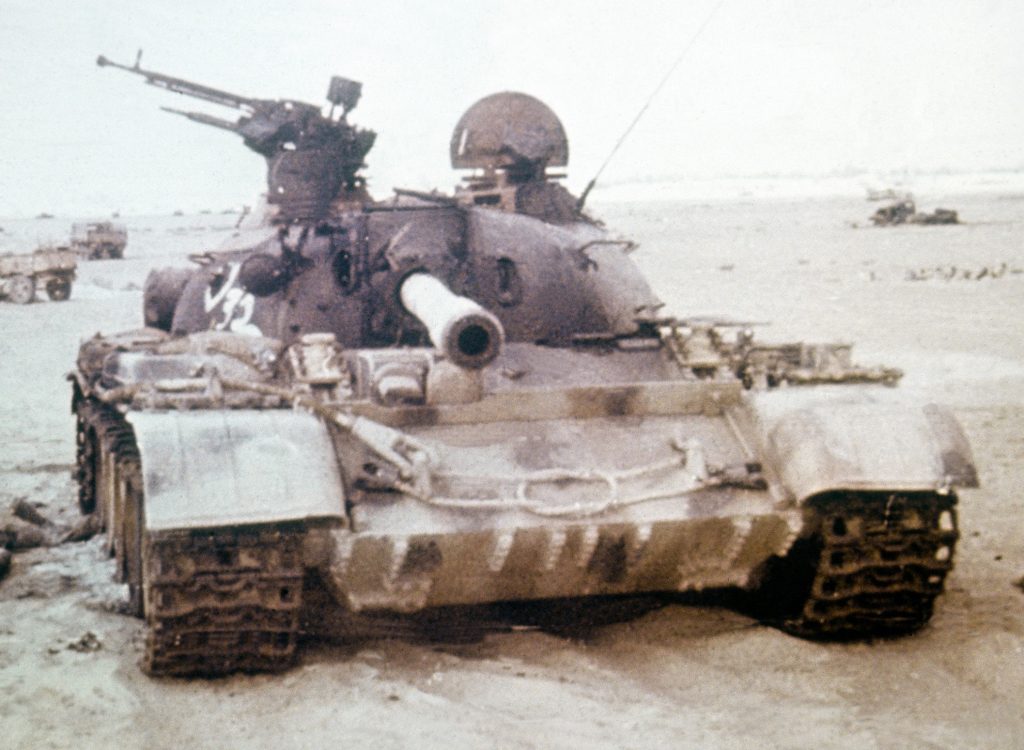
Egyptian T-55 destroyed by Israel, 1974. Notice somebody marked the penetration hole in the turret.
Iraq, November 1963:
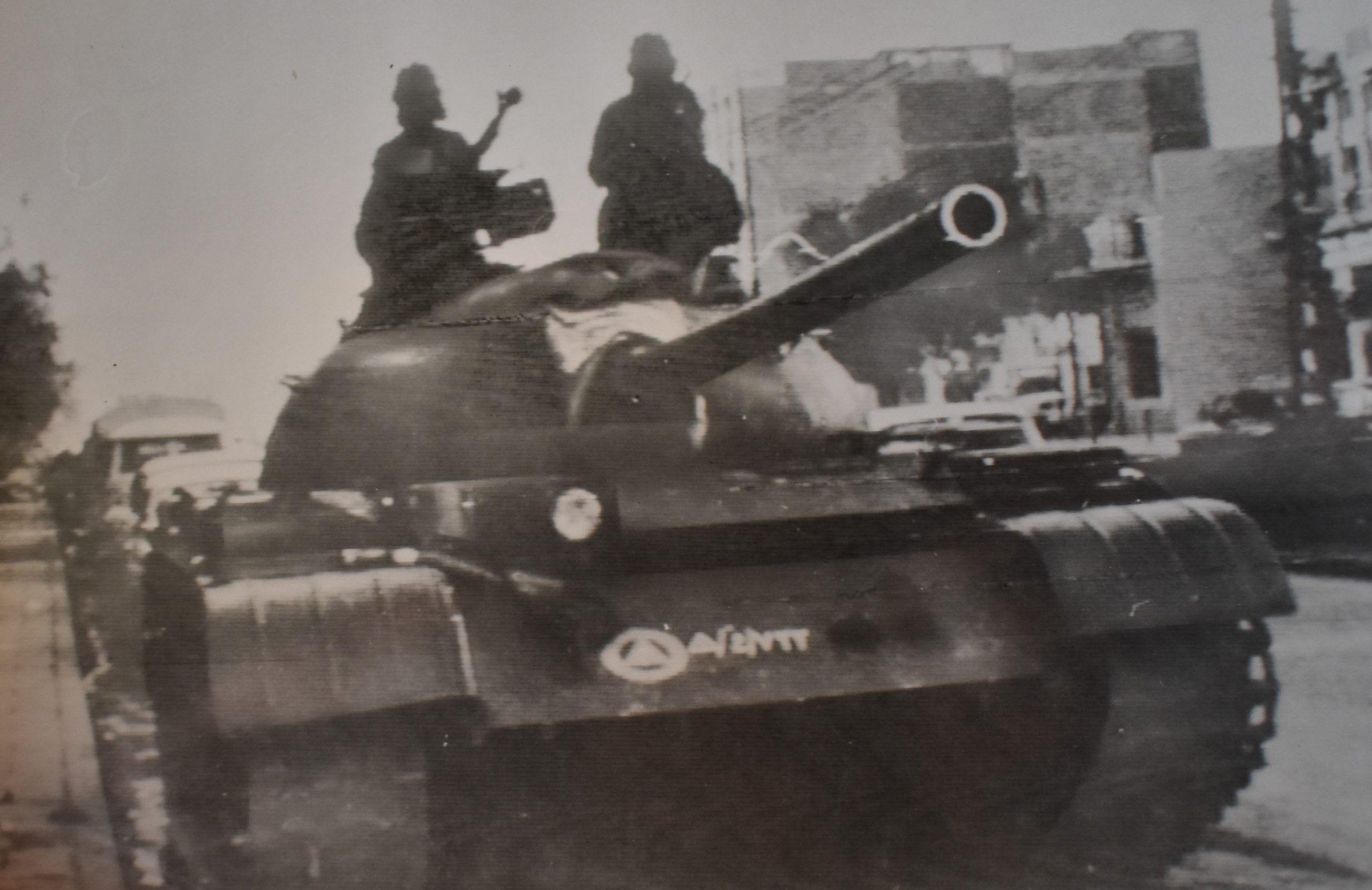
Iraqi T-54 during coup led by pro-Egyptian (Nasserists) against the Ba’ath Party, November 1963.
Germany 1961:
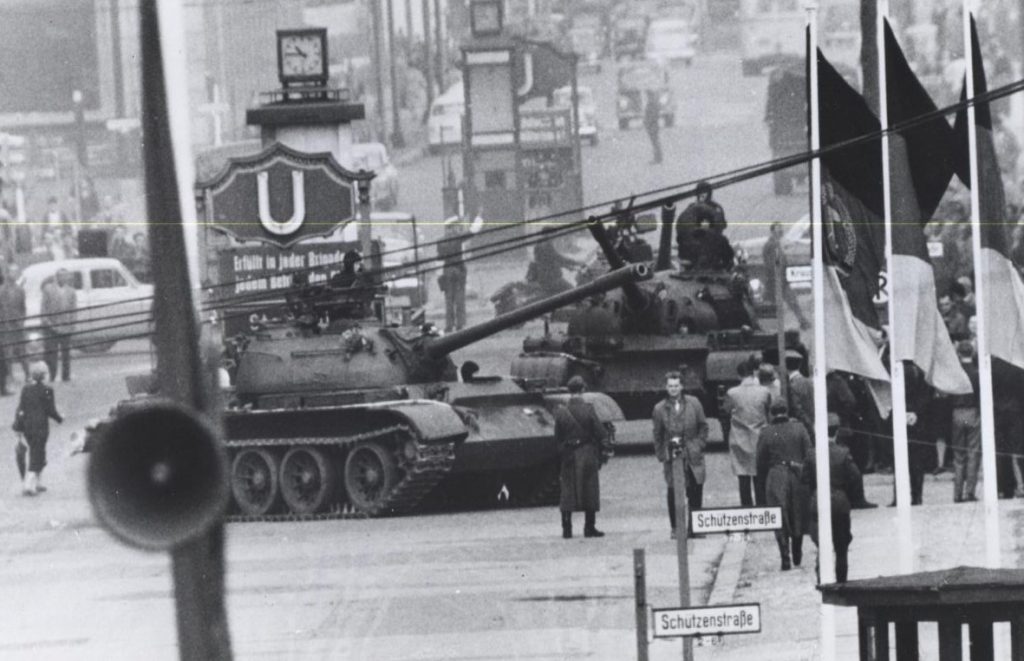
U.S. Embassy photo. The then brand new T-54/55 is deployed in response to the U.S. deploying its then brand new M48A1, which were deployed in response to older T-34-85s being deployed in what became the Berlin Crisis which led to the creation of the Berlin Wall.
See (photos & film), and read, more in BERLIN KRISE, ‘GAME OF CHICKEN’ M48A1 VS. T-54/55!
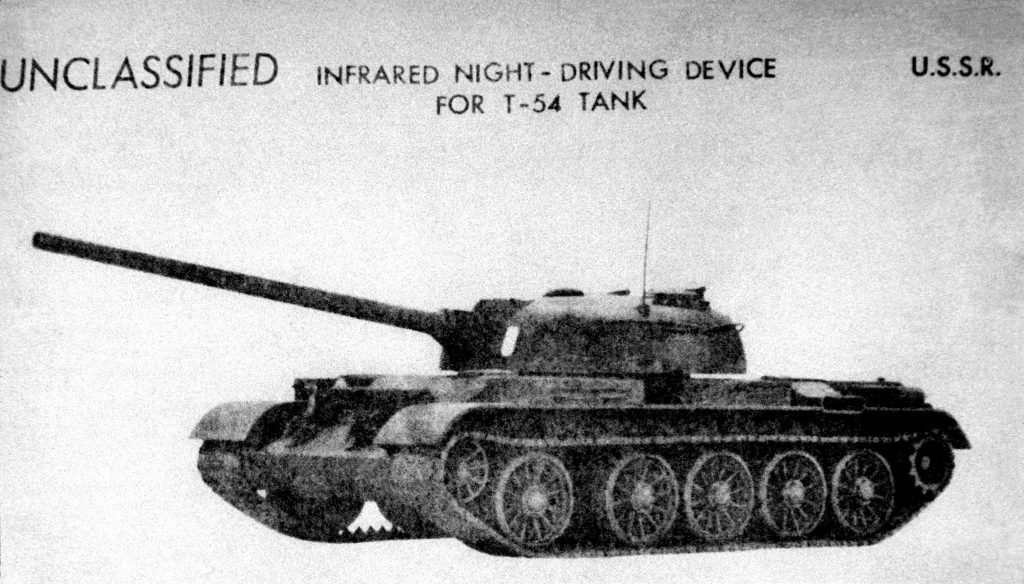
This is a terrible Cold War era U.S. Army vehicle I-D image of a T-54.
Soviet Union:
Cold War film, late 1950s or early 1960s, Soviet T-55s getting decontaminated in NBC (Nuclear Biological Chemical) exercise:
A variety of variants:



So many model kits, so little time!
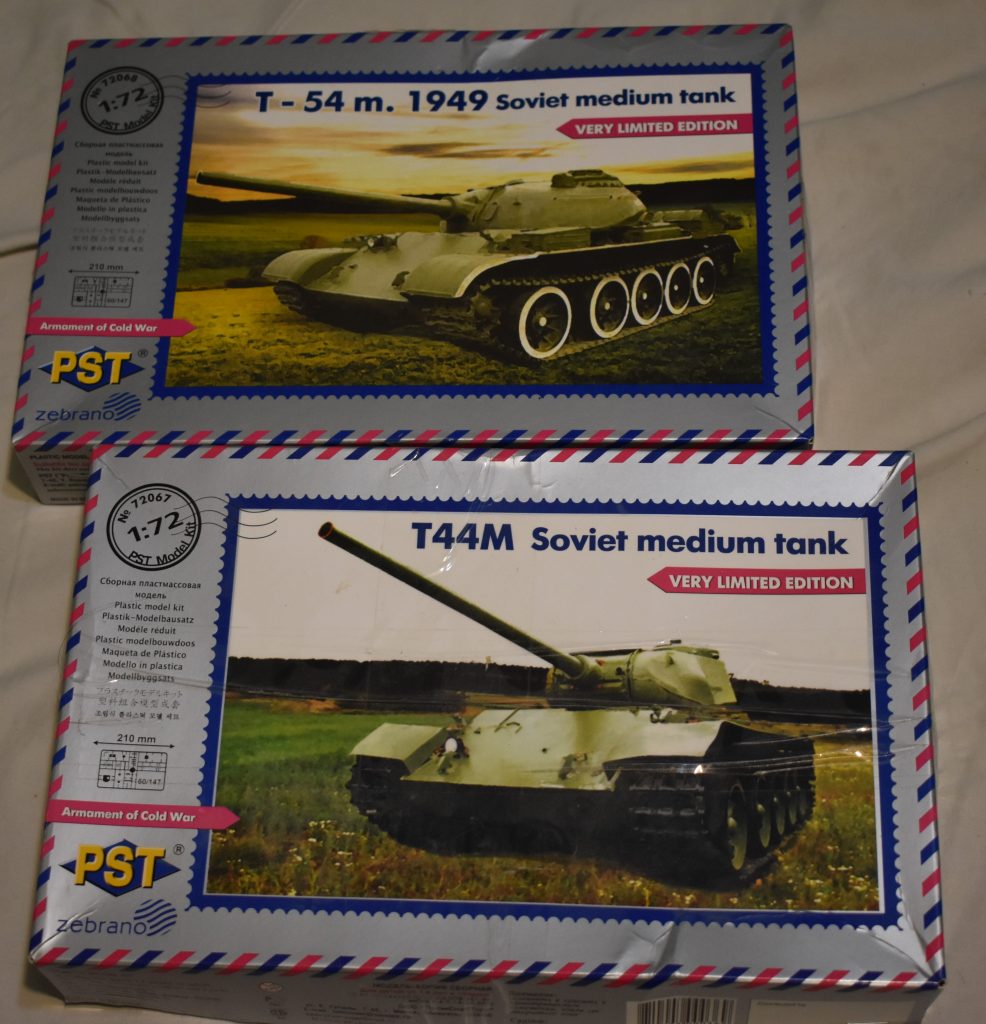
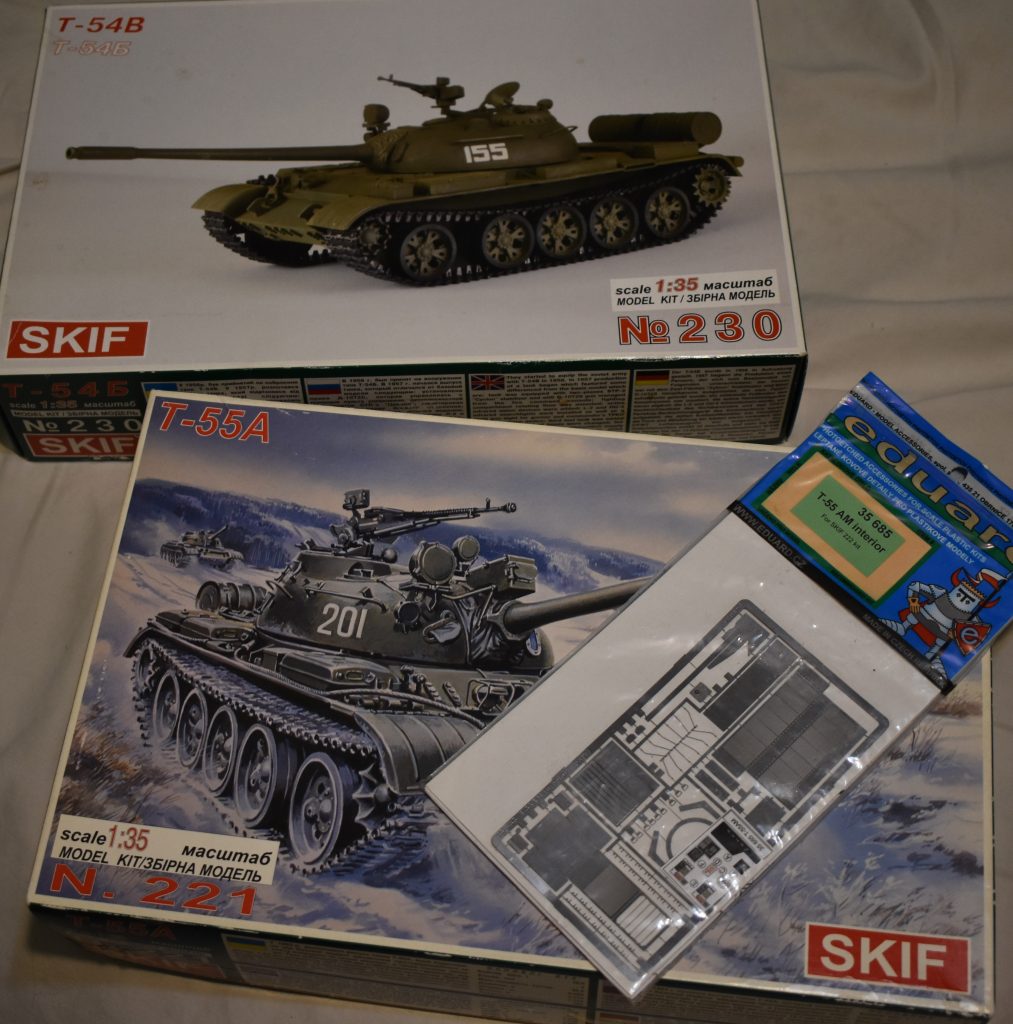
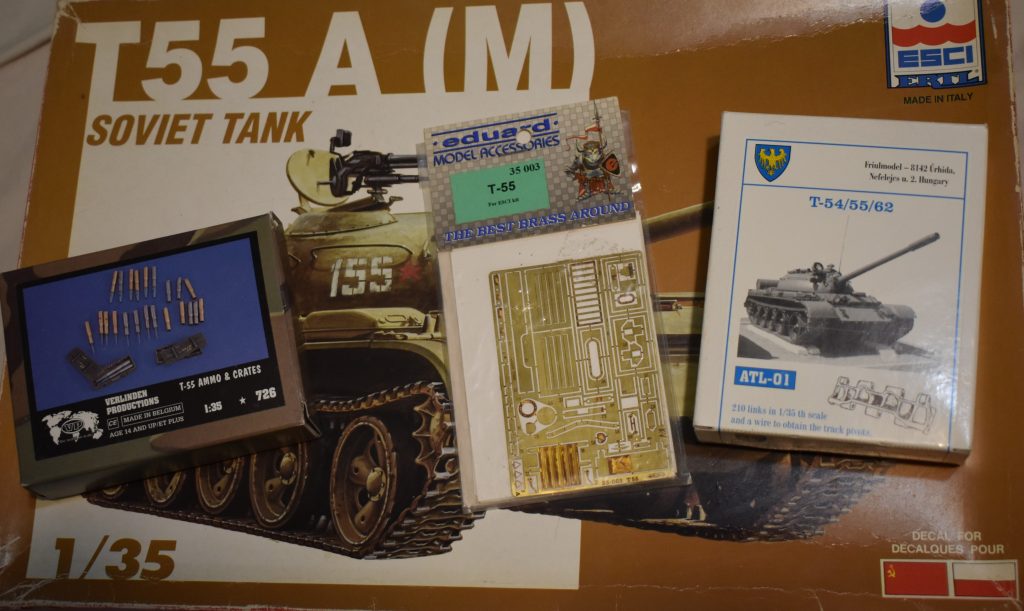
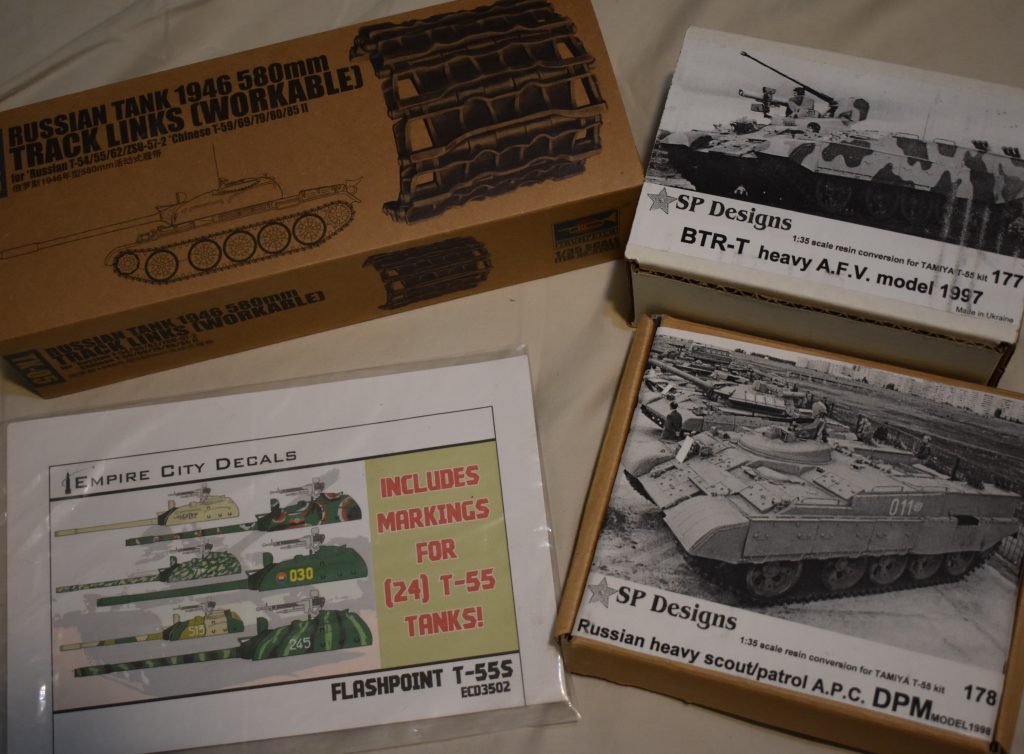
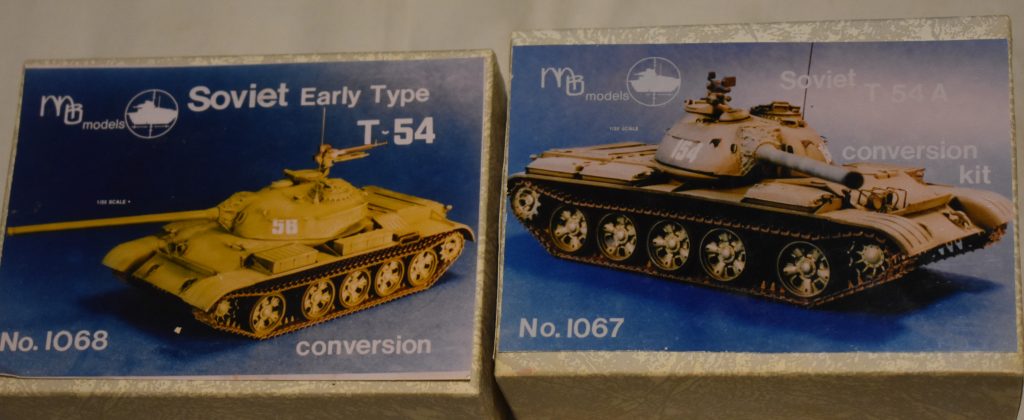
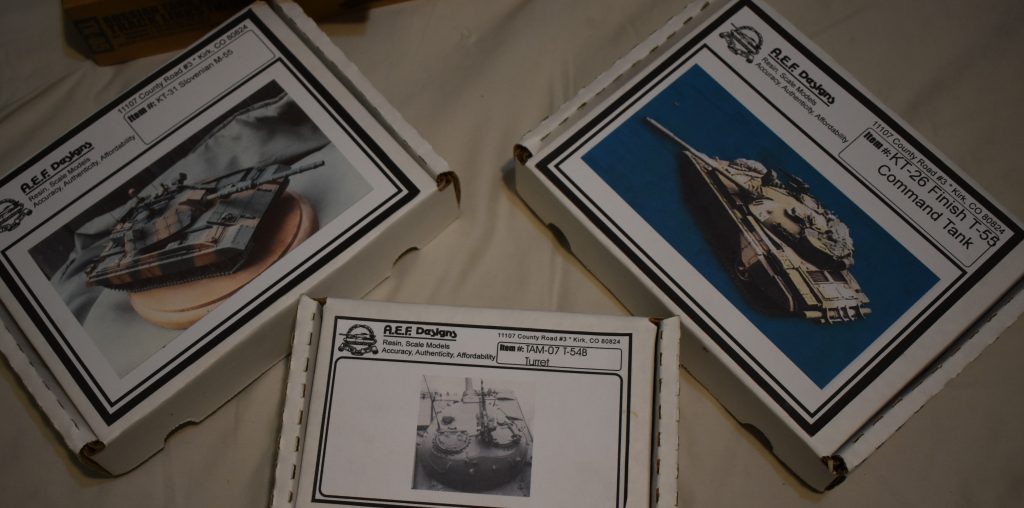
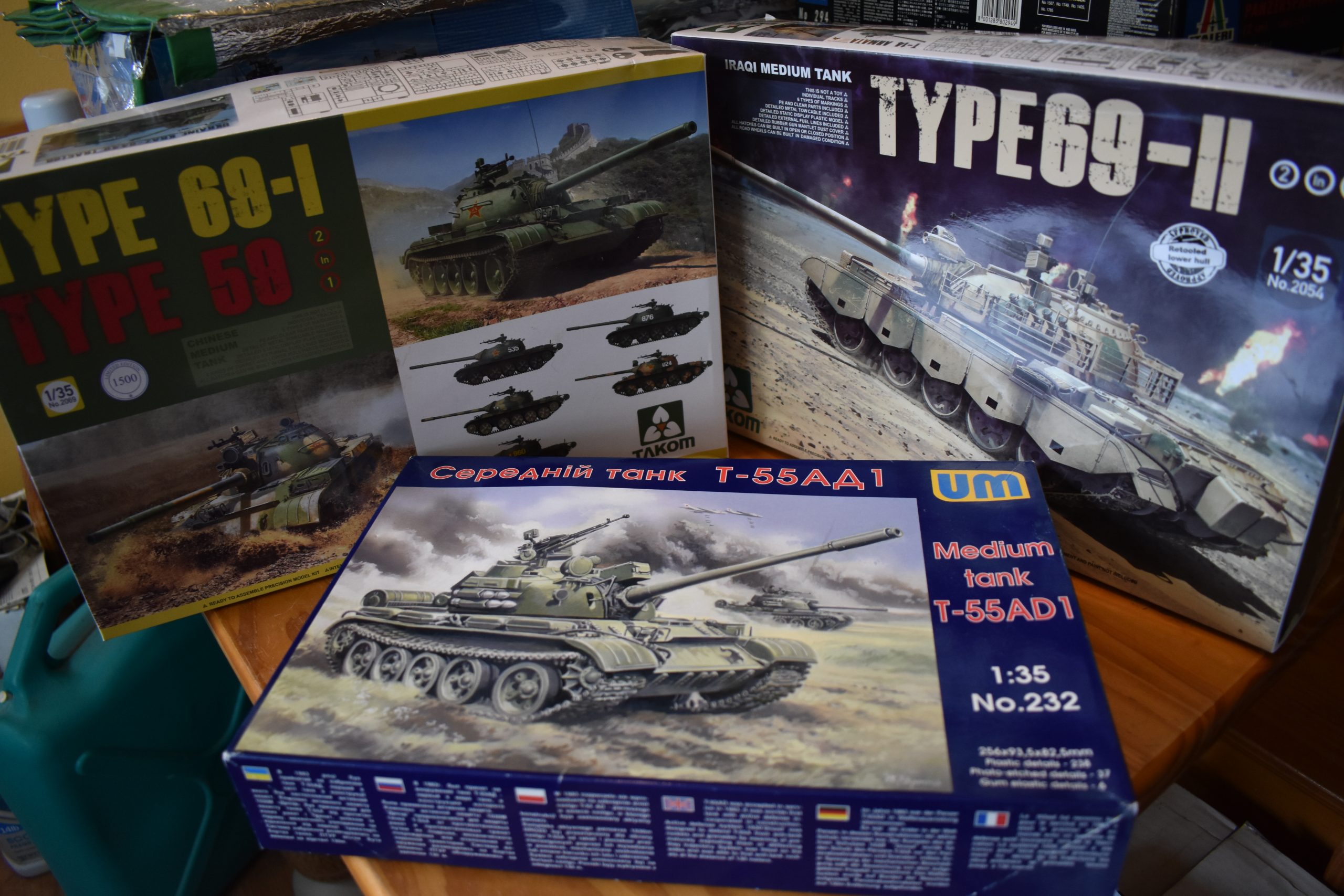
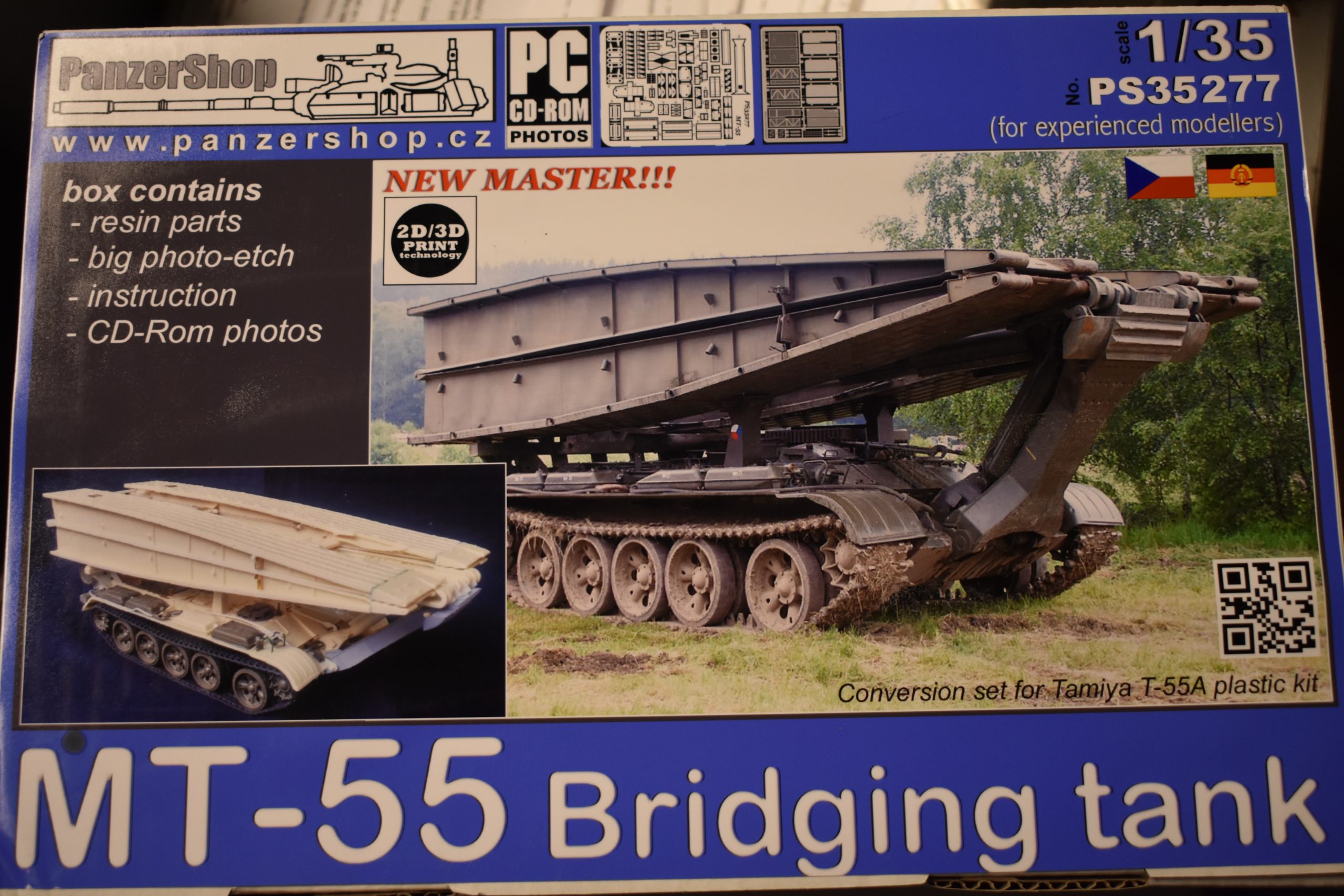


T-55 data @ ArmyRecognition.com
VEHICLE I-D: IRAN BUILDS ITS OWN MRAP
IRAN BUILDS ITS OWN ‘JEEP’
HOW TO BUILD A 1/1 SCALE TIGER-1 TANK
 Can you find the P-51(F-6A) painted A-10?
Can you find the P-51(F-6A) painted A-10?
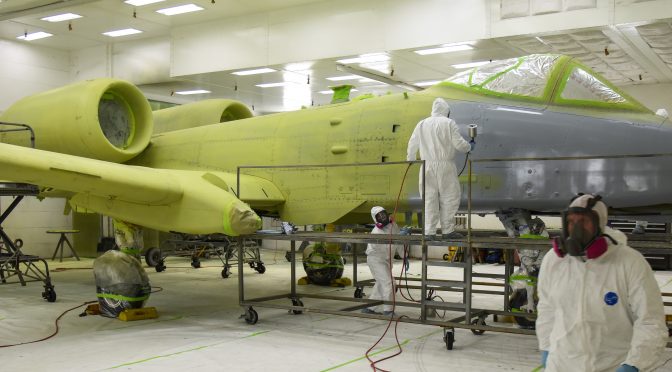
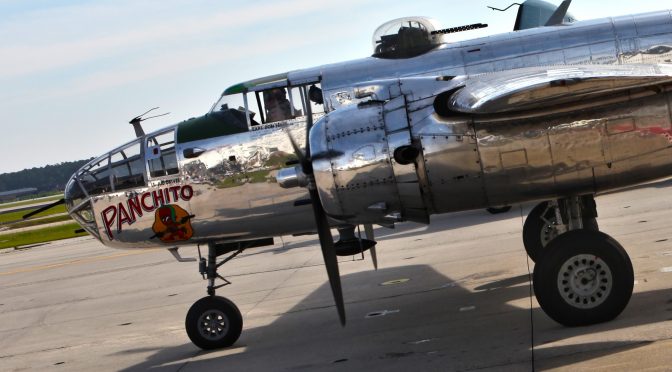
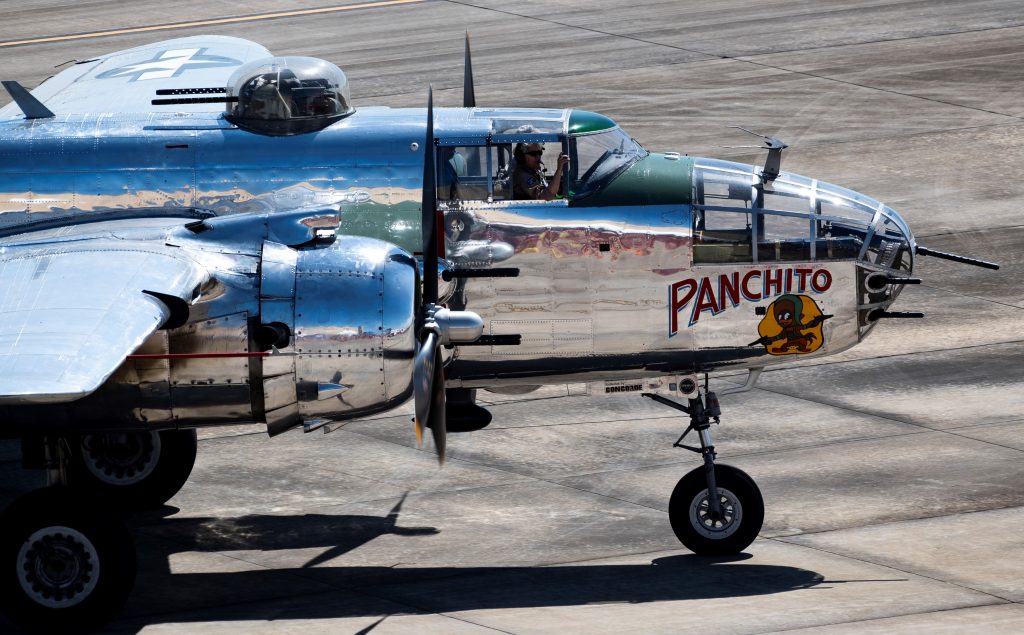
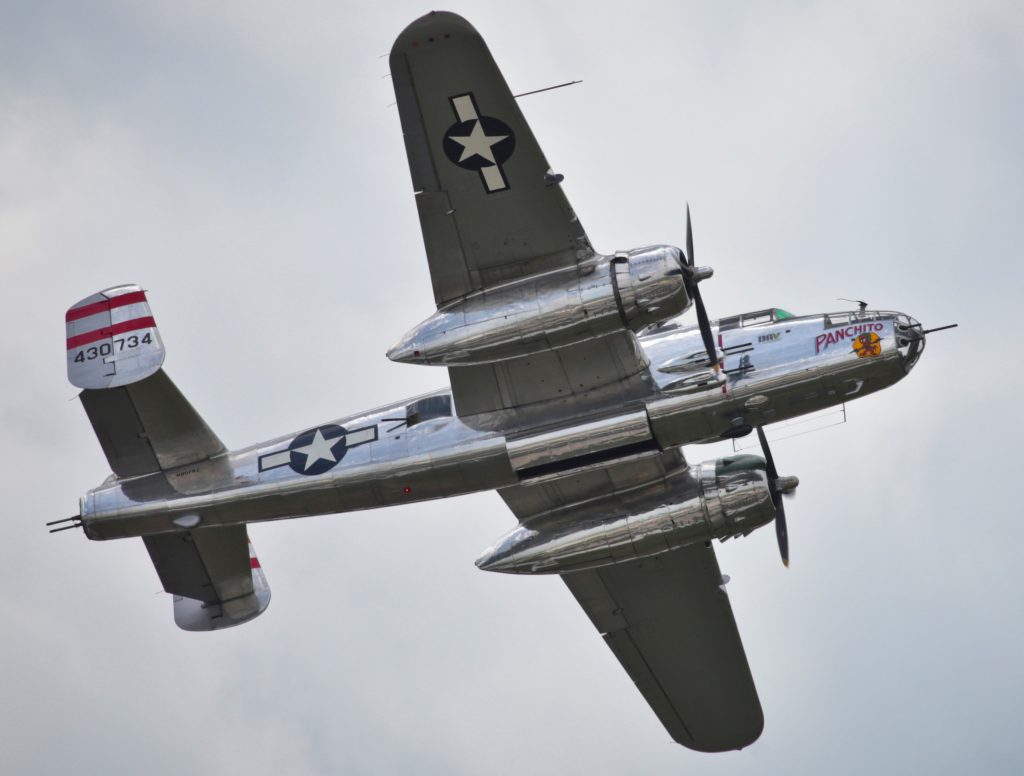
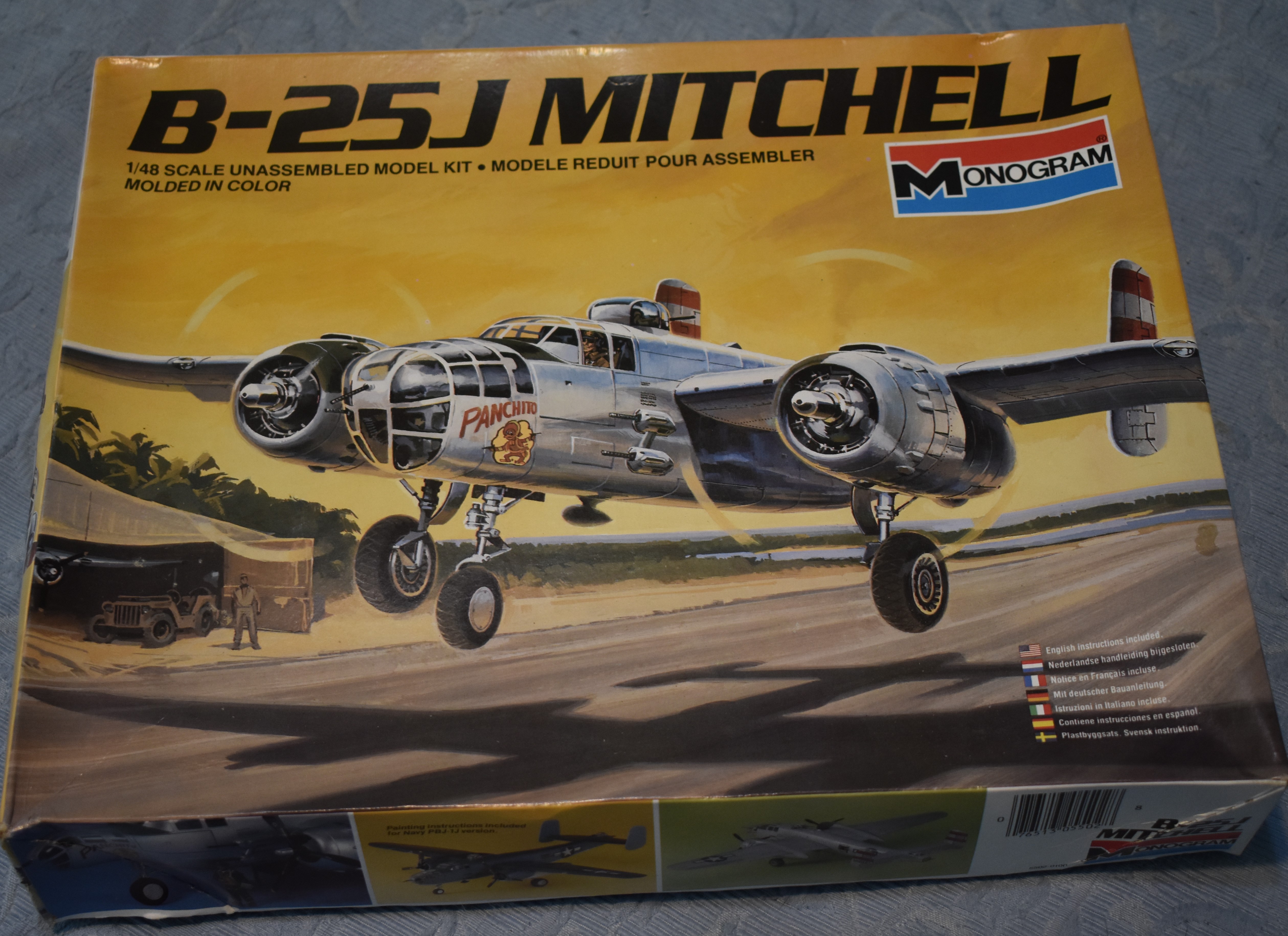
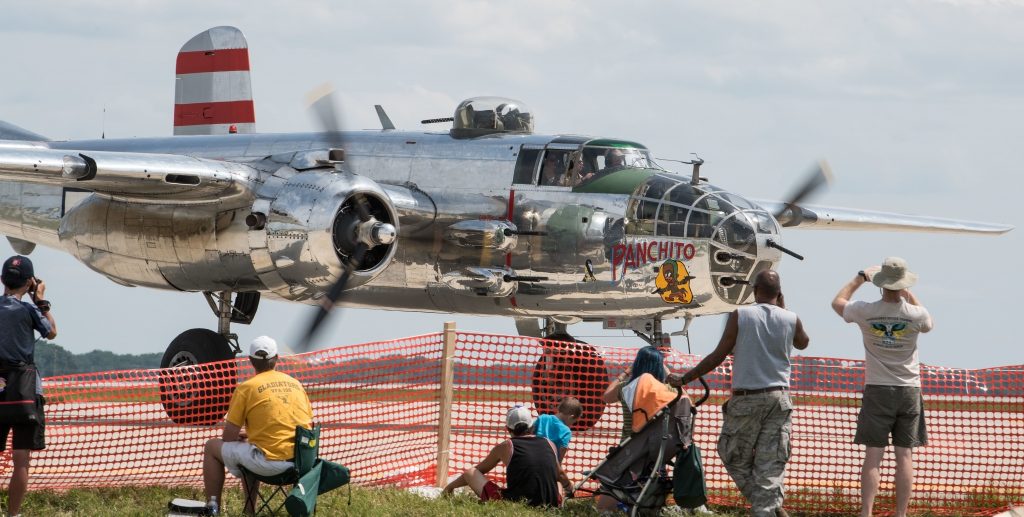
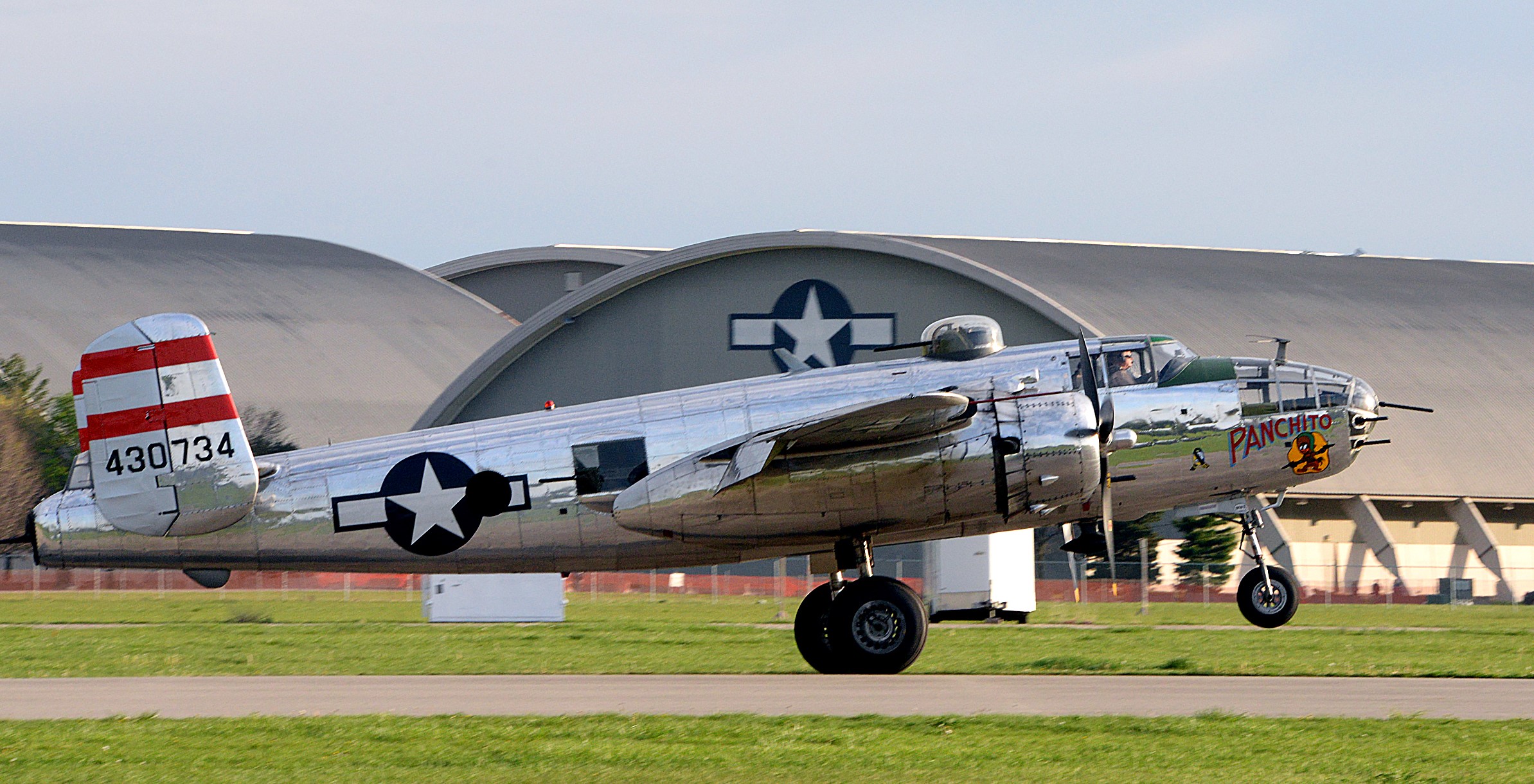
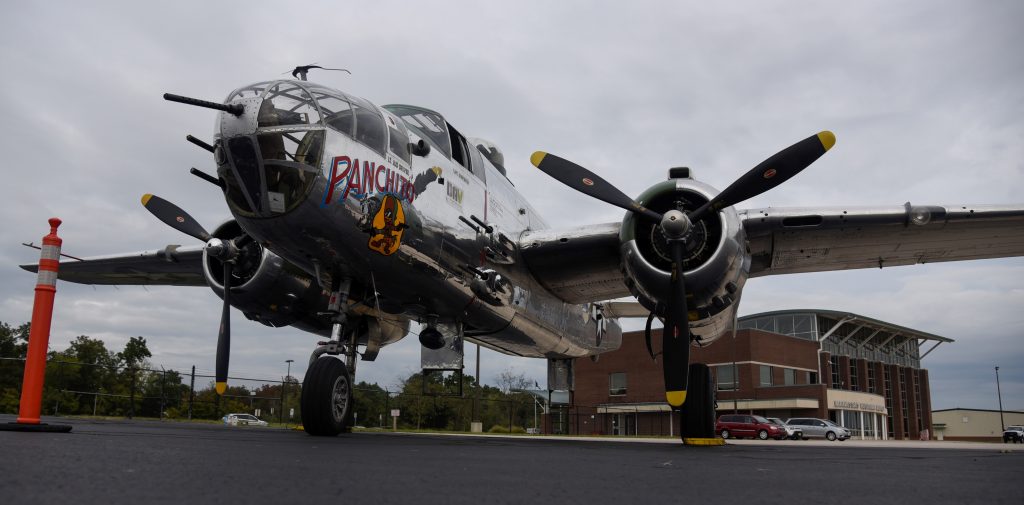
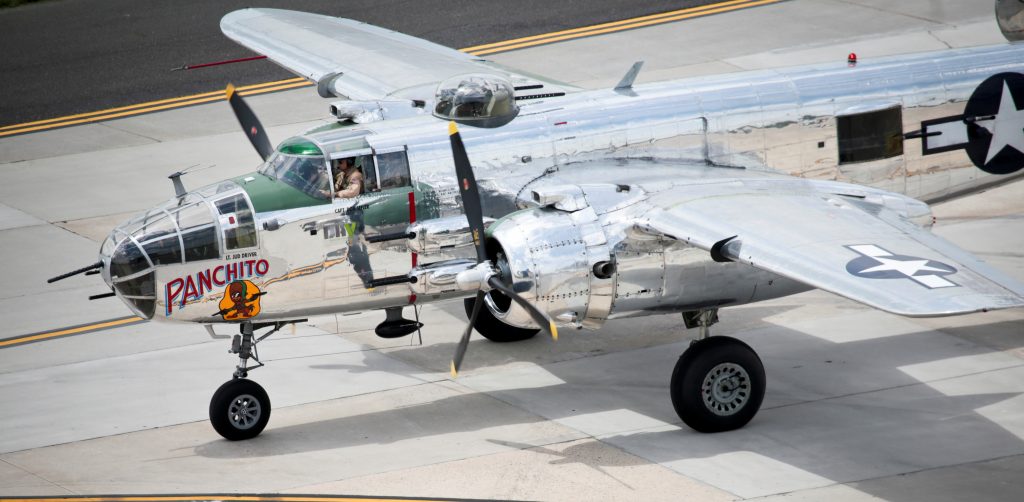
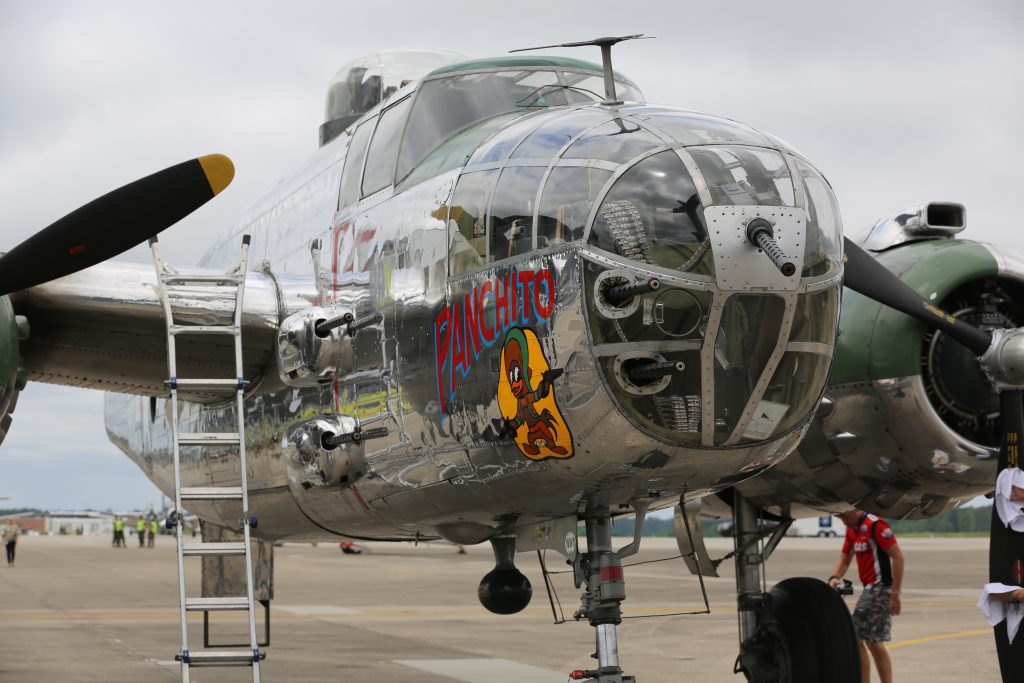
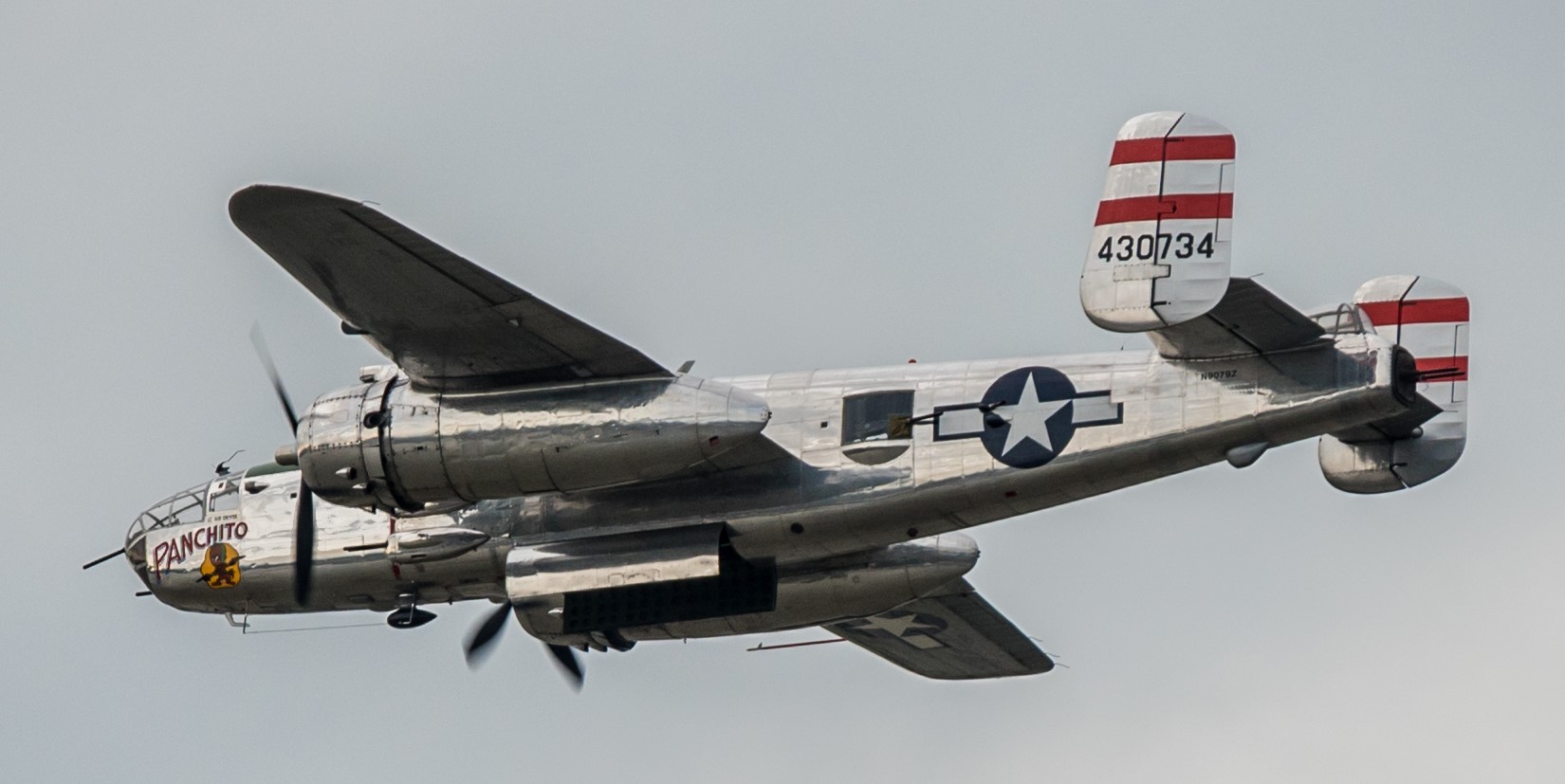
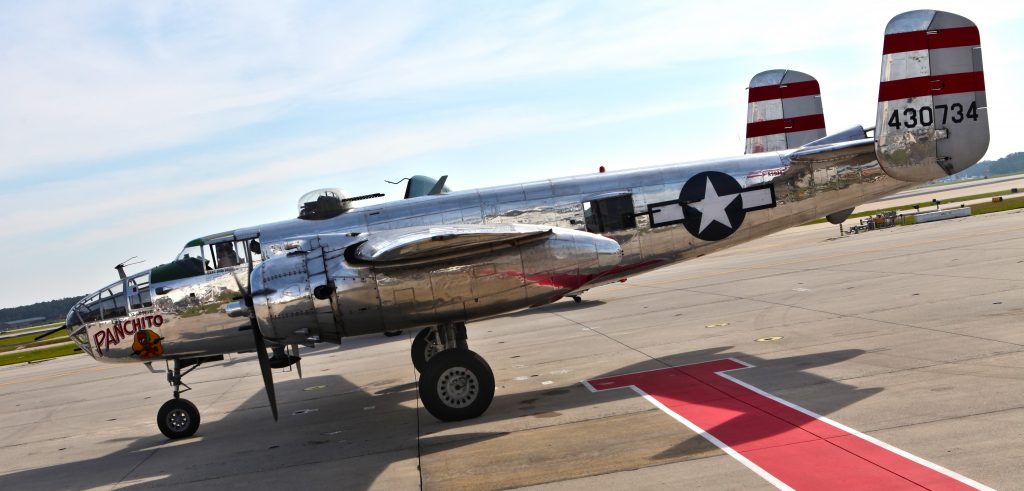
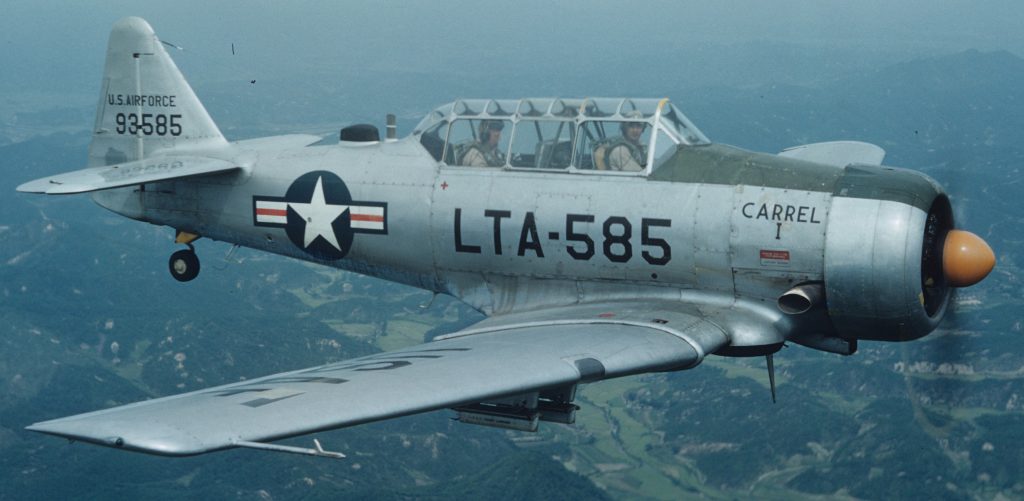
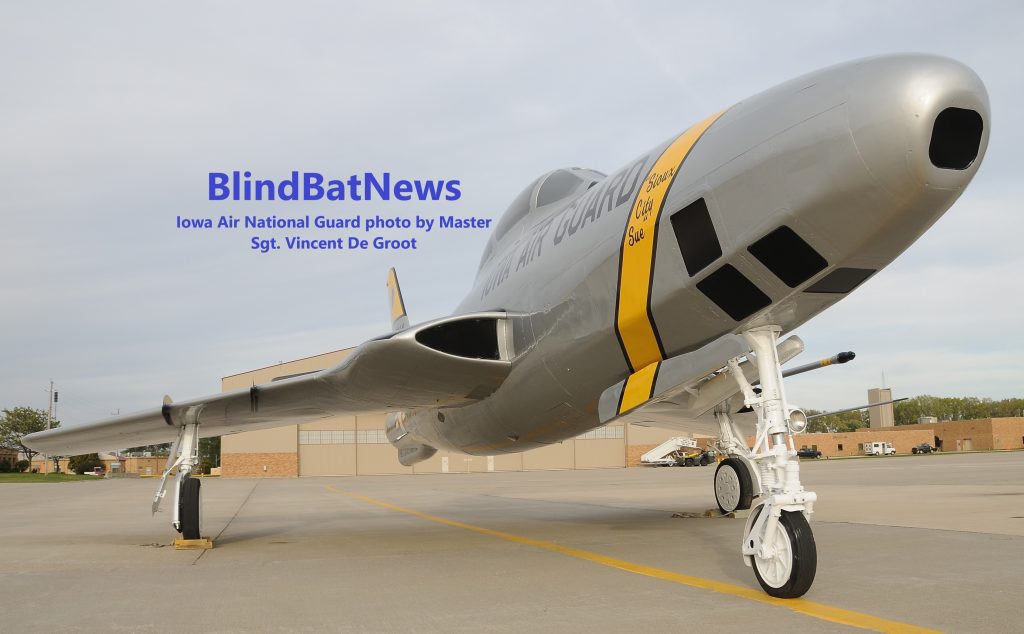
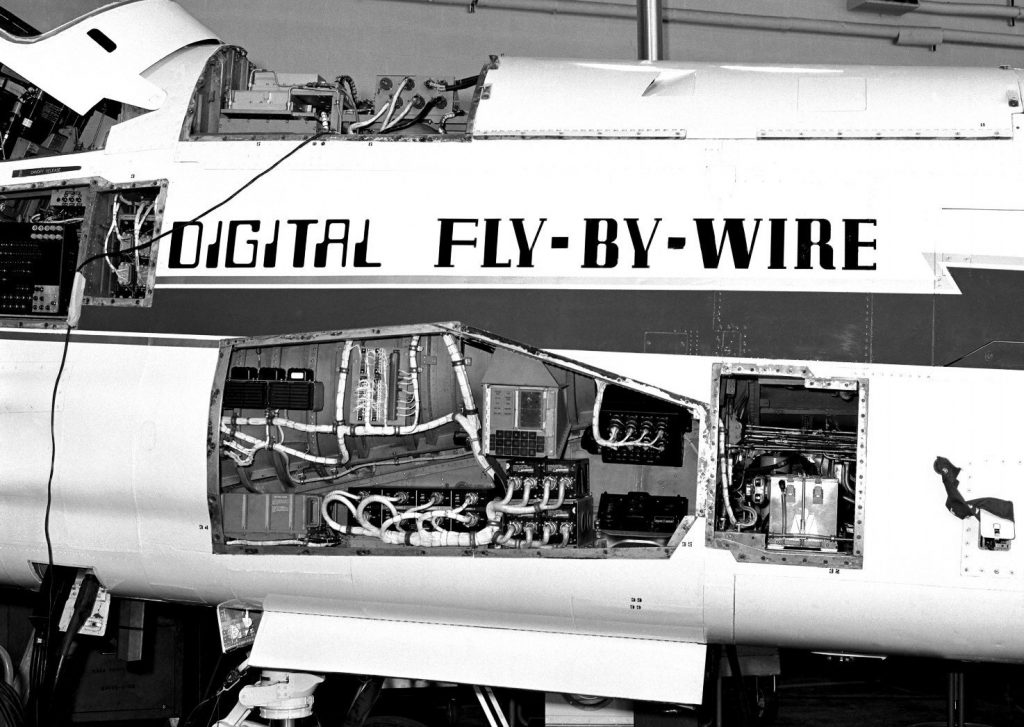
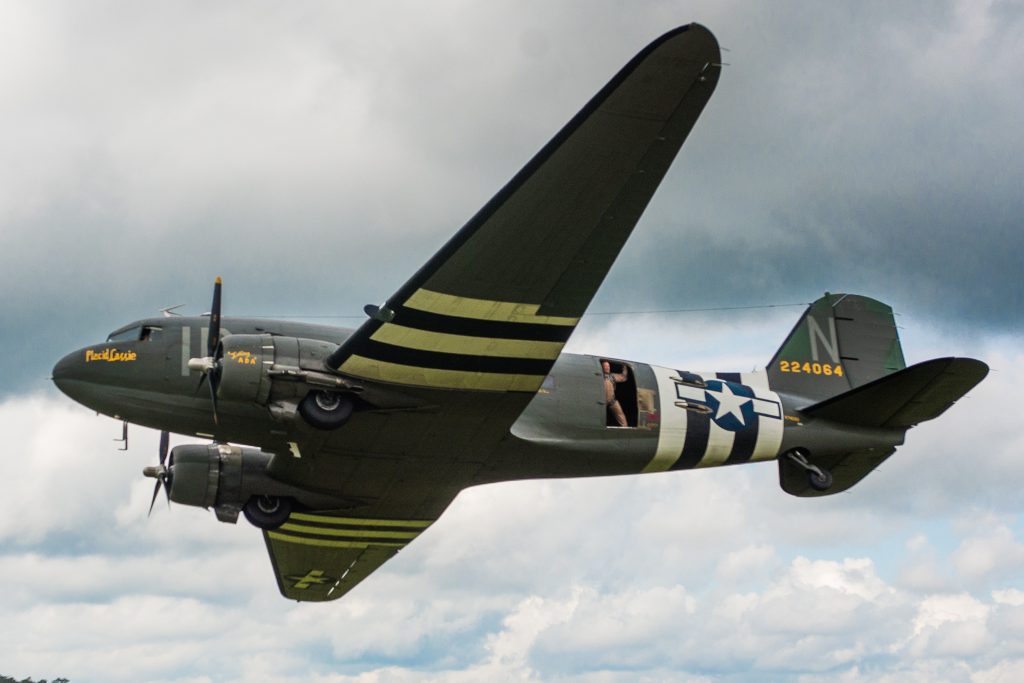
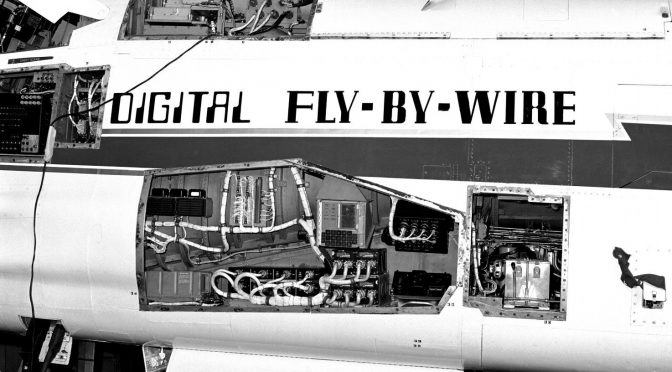



 Phase-1 pilot’s control box originally was used on the Apollo Moon mission’s Lunar Modules. Phase-2 used three IBM AP-101 computers for the flight control system.
Phase-1 pilot’s control box originally was used on the Apollo Moon mission’s Lunar Modules. Phase-2 used three IBM AP-101 computers for the flight control system.



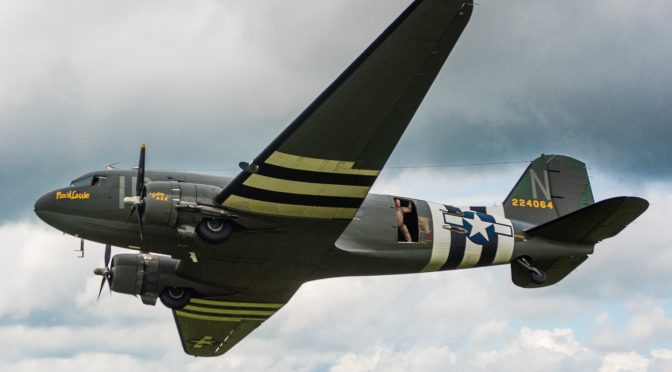

























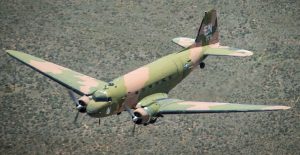







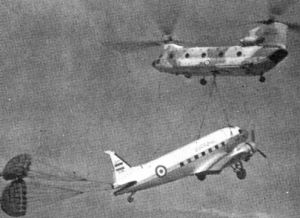

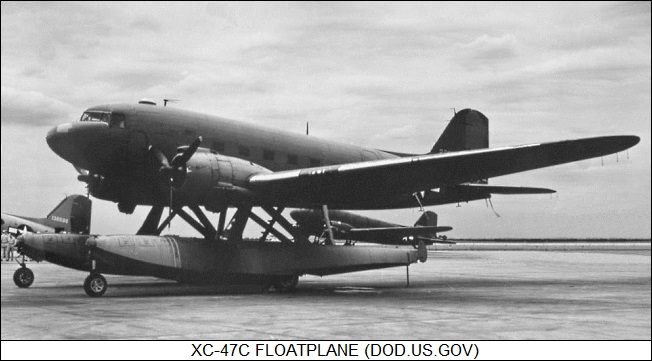
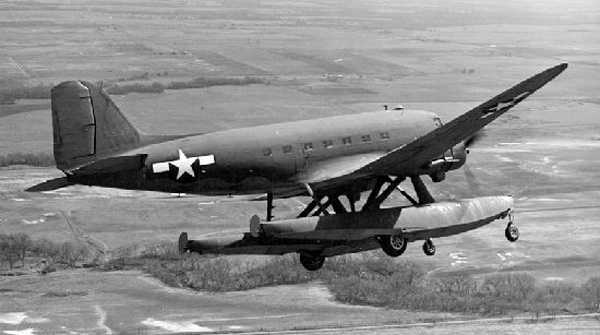



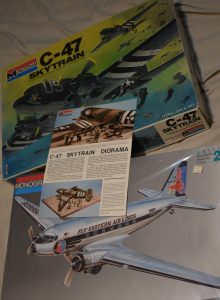
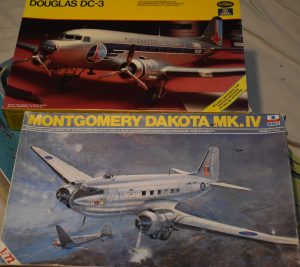
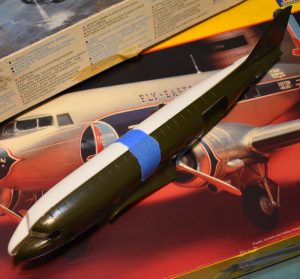
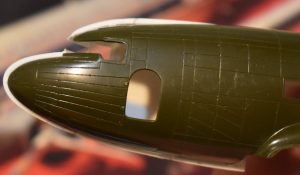















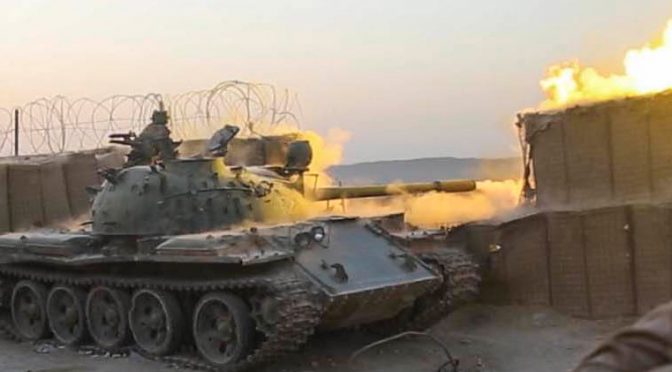





























































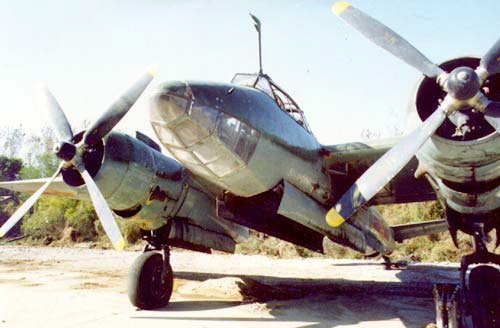
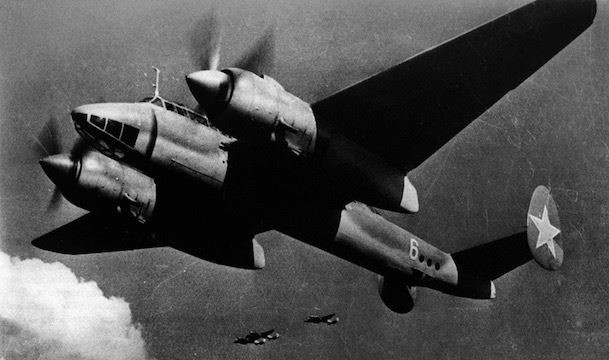
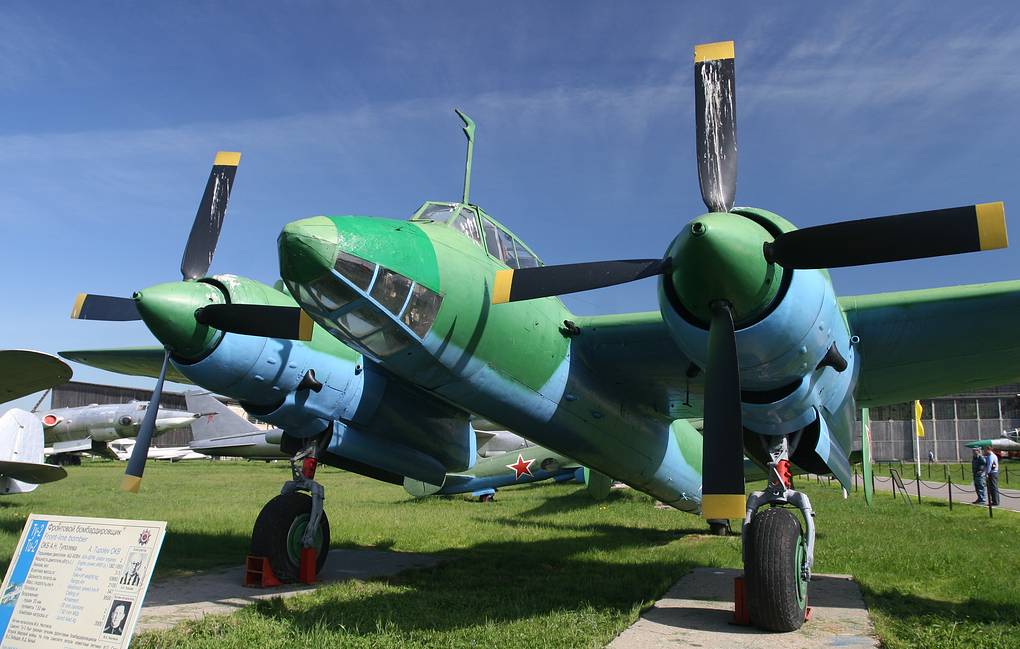

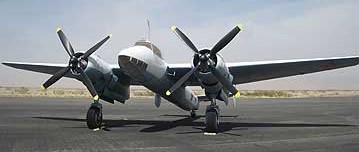
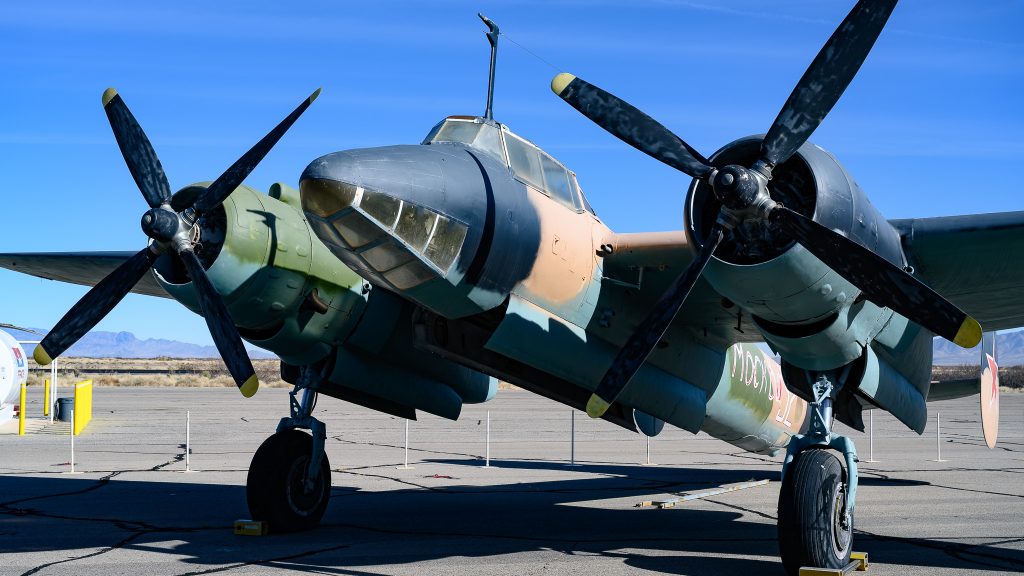
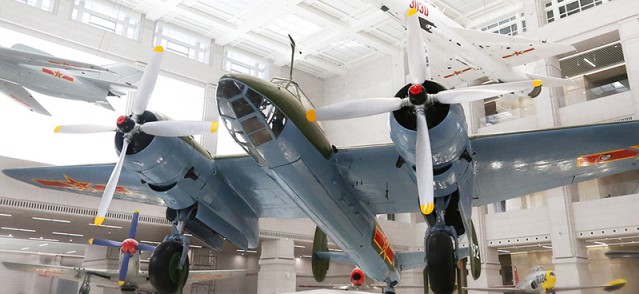
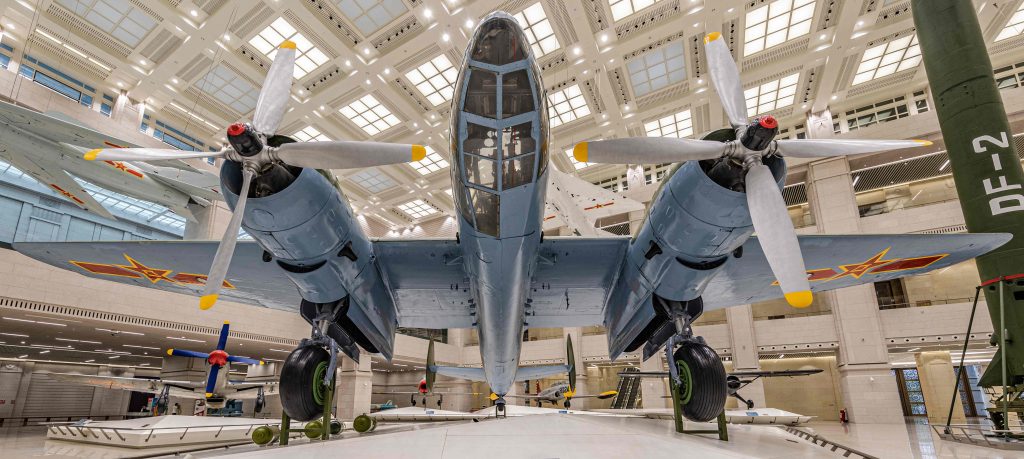
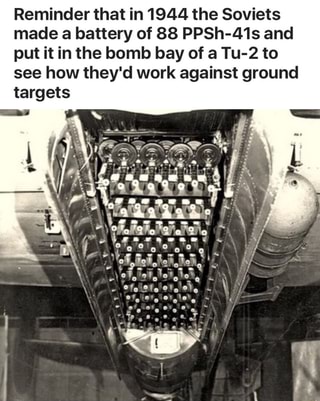






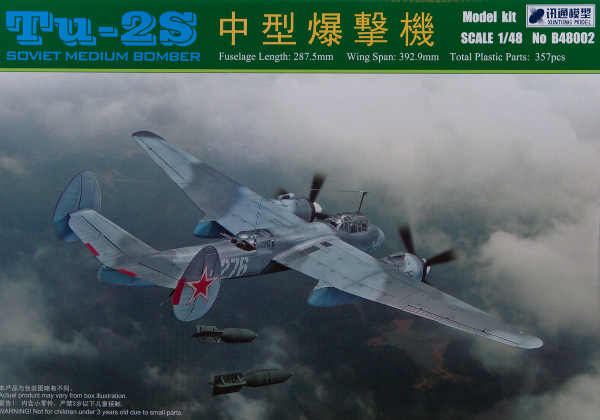
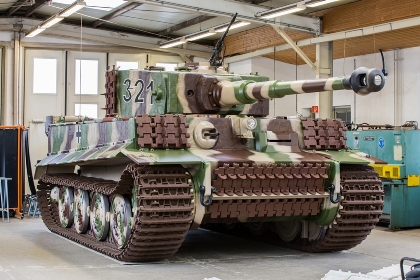







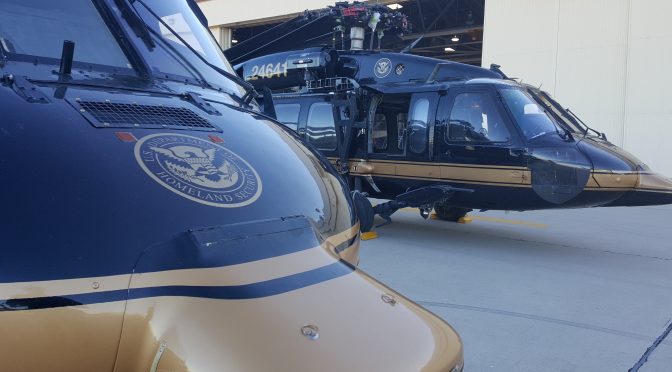
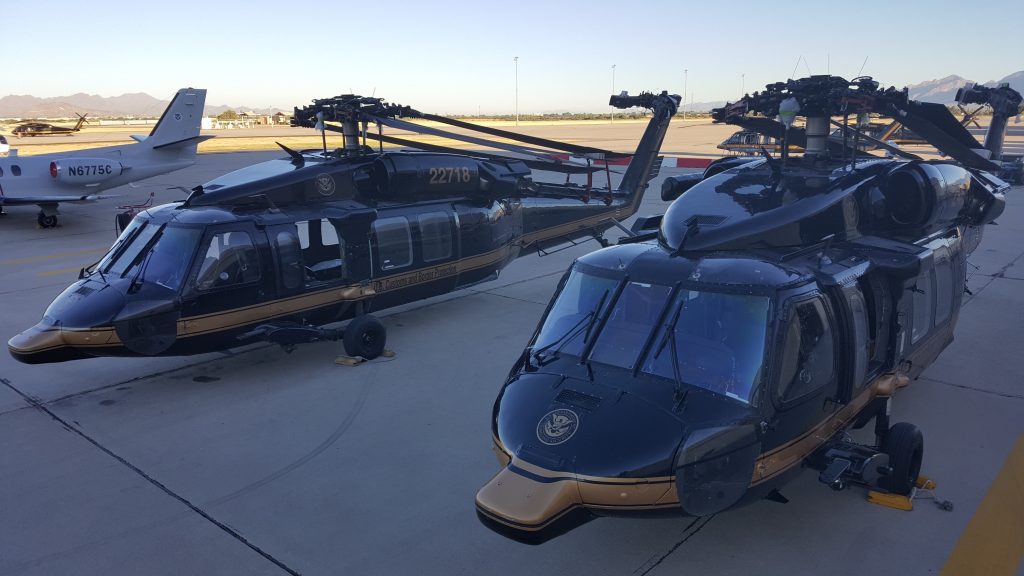
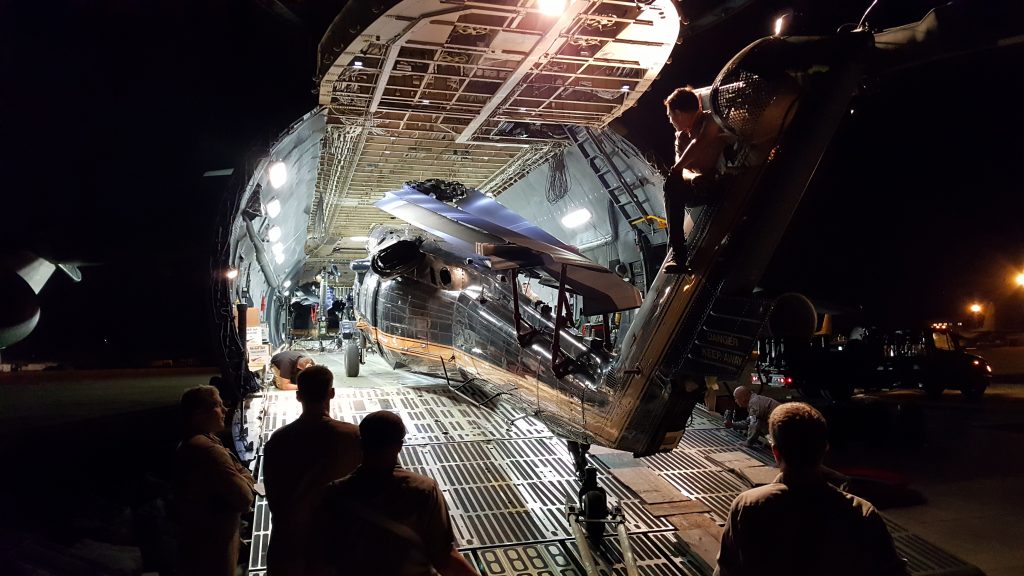
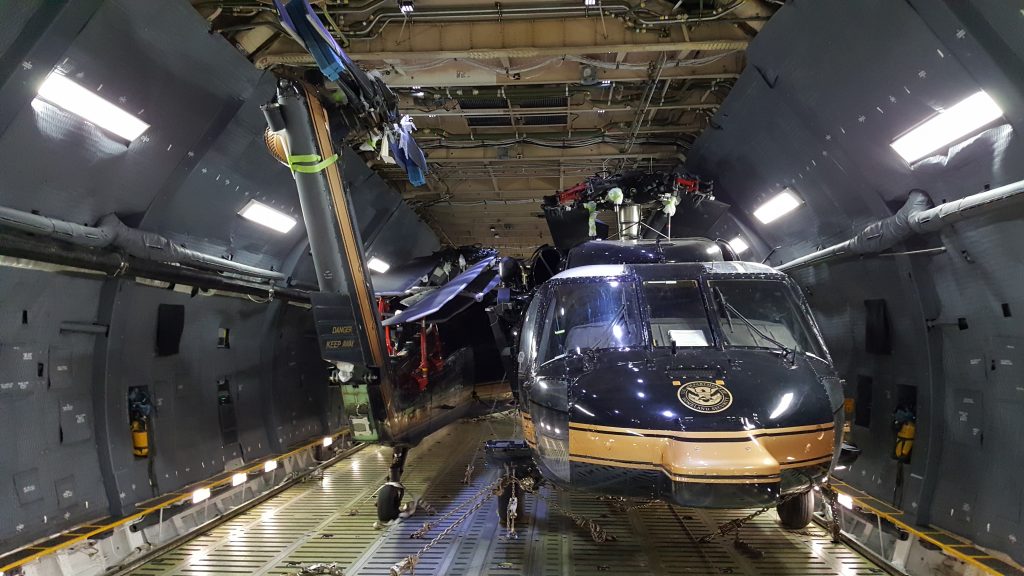
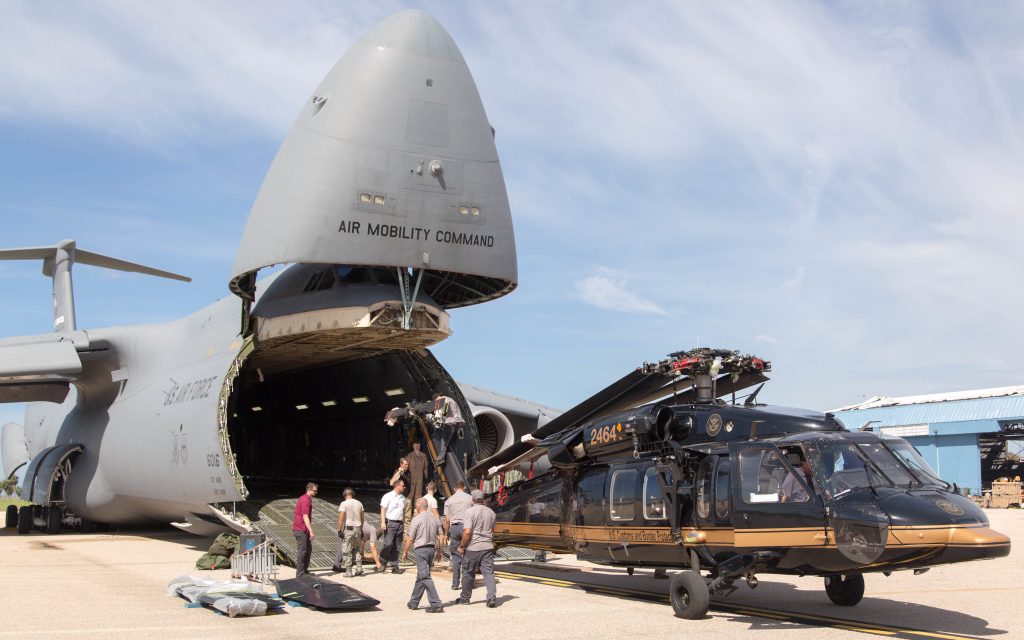
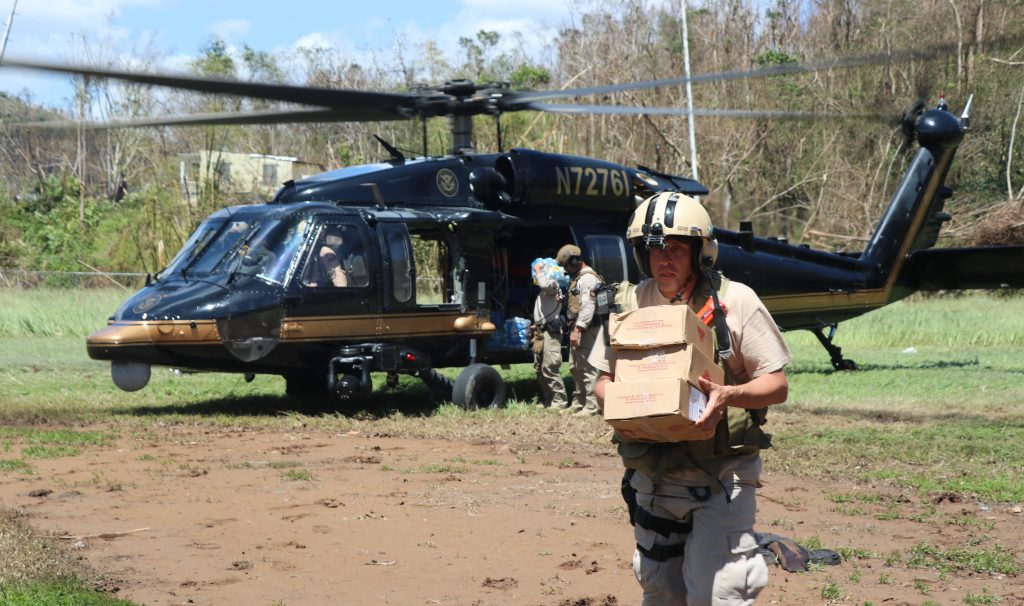
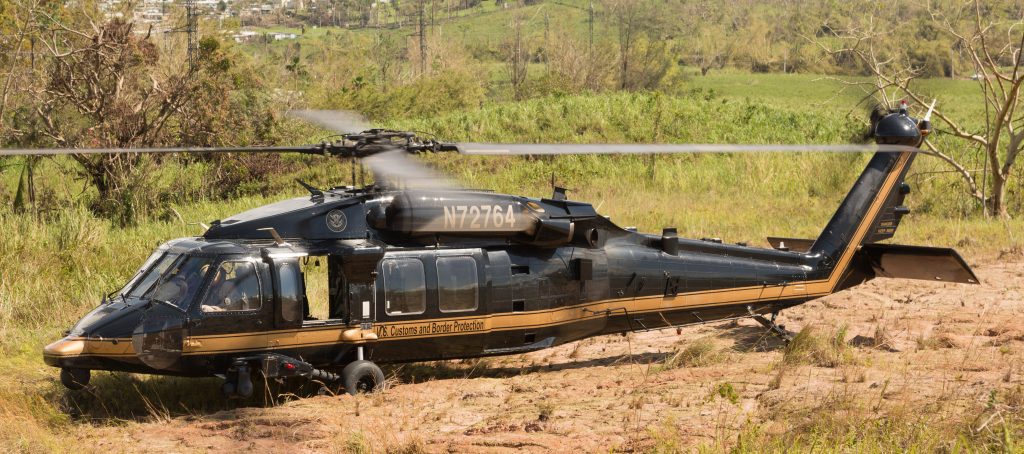
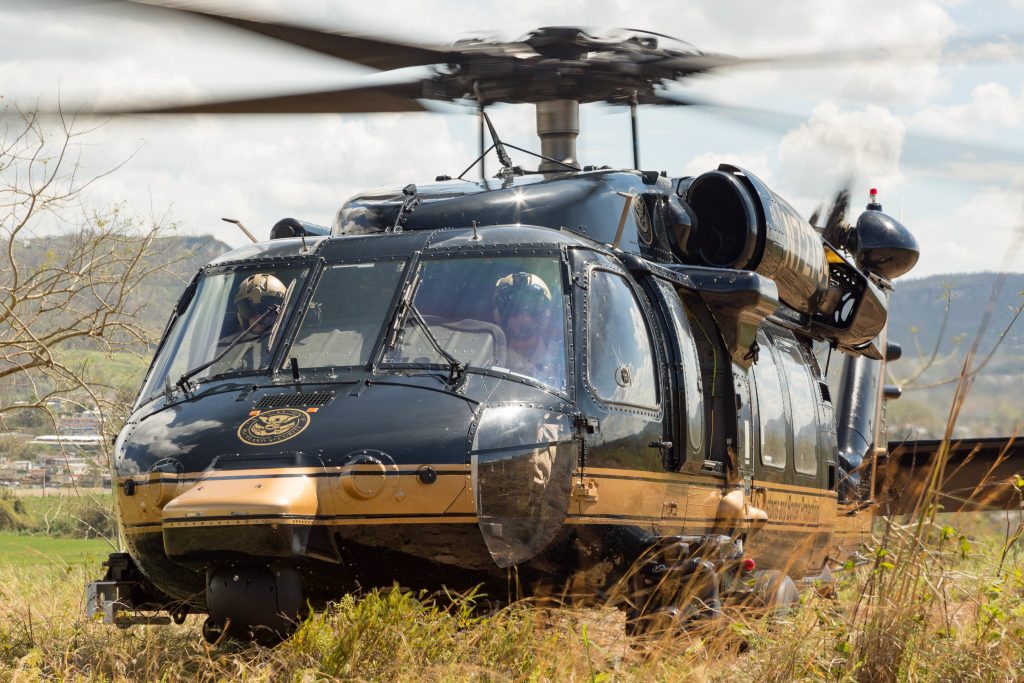
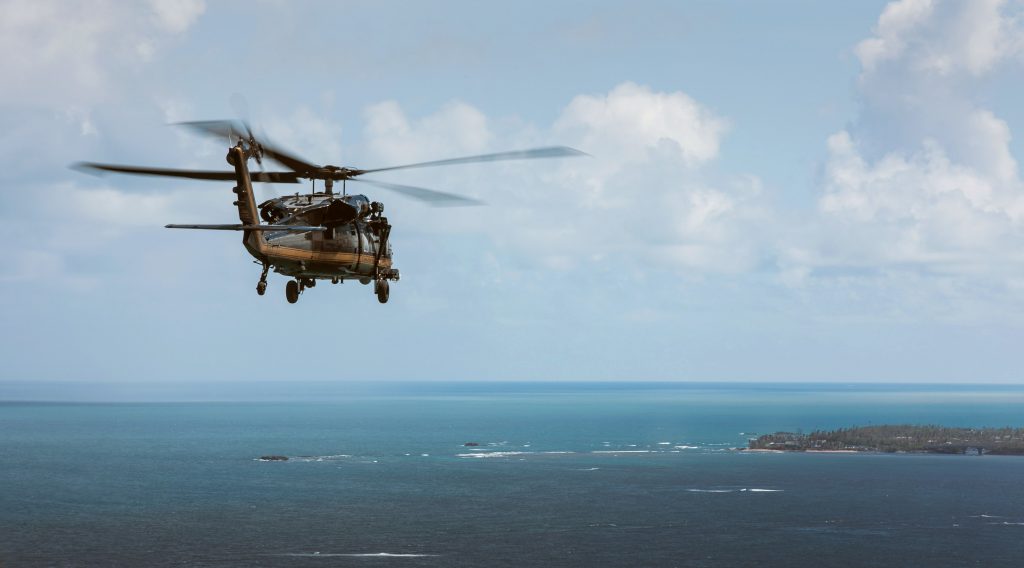
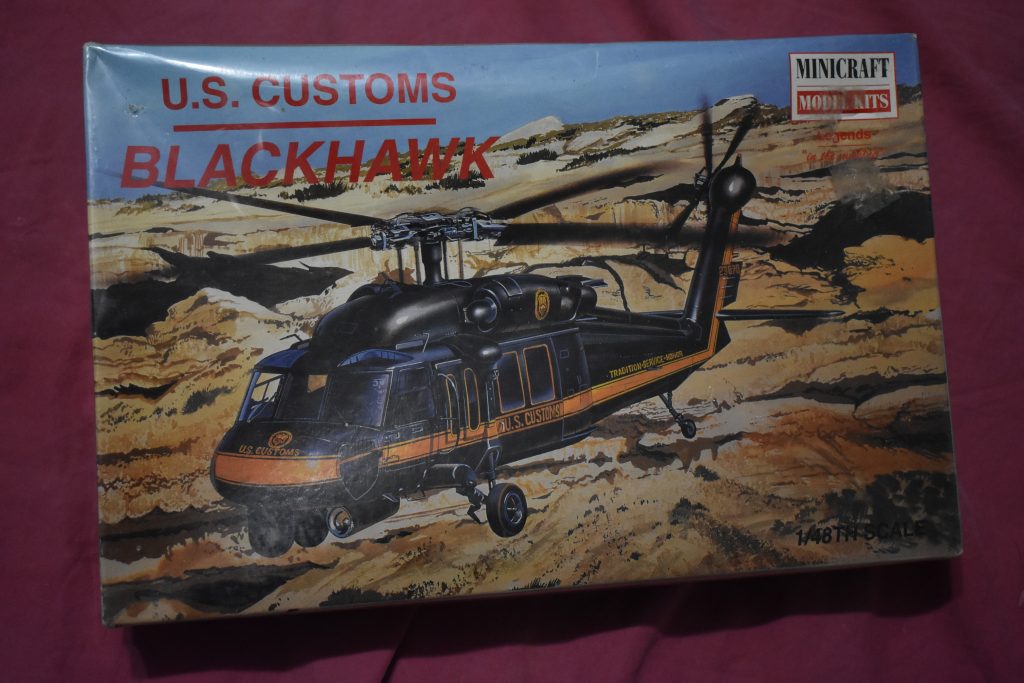
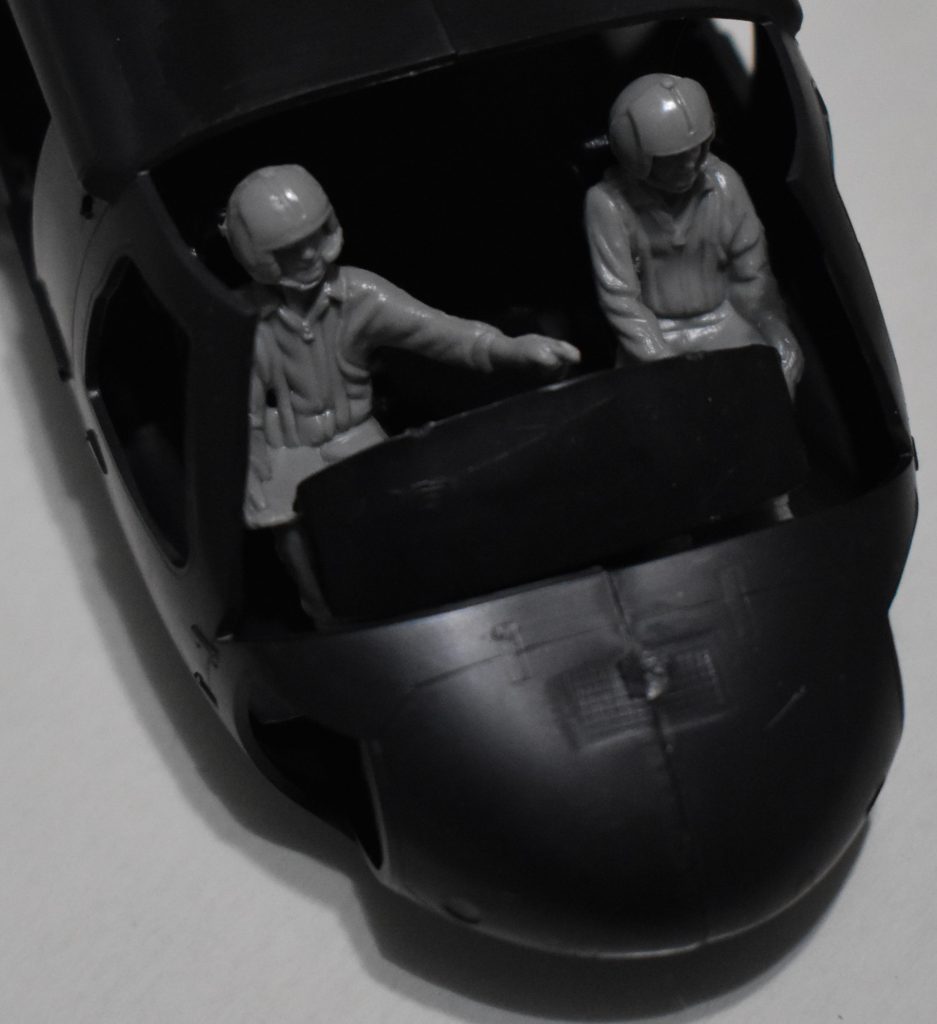
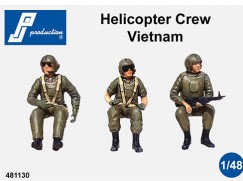

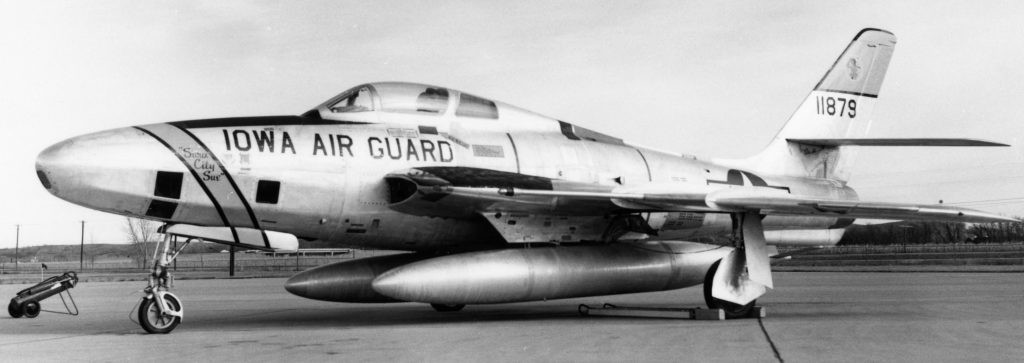
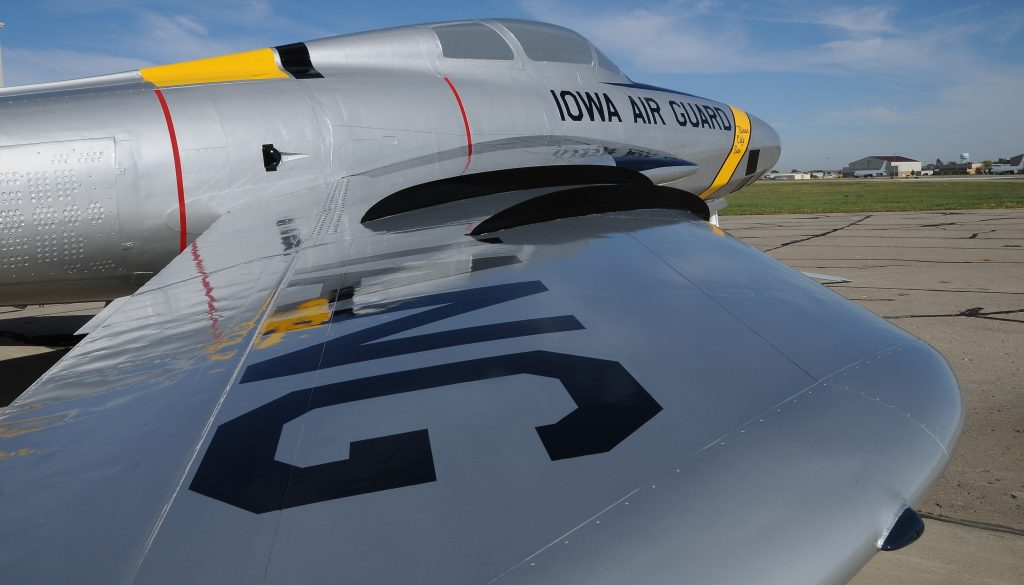
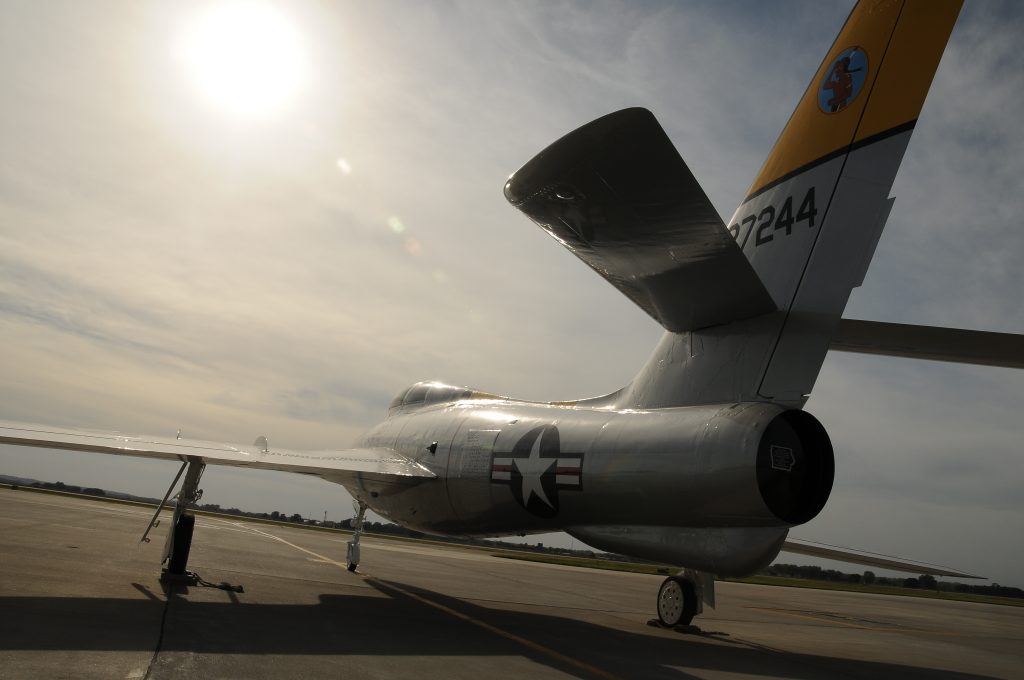
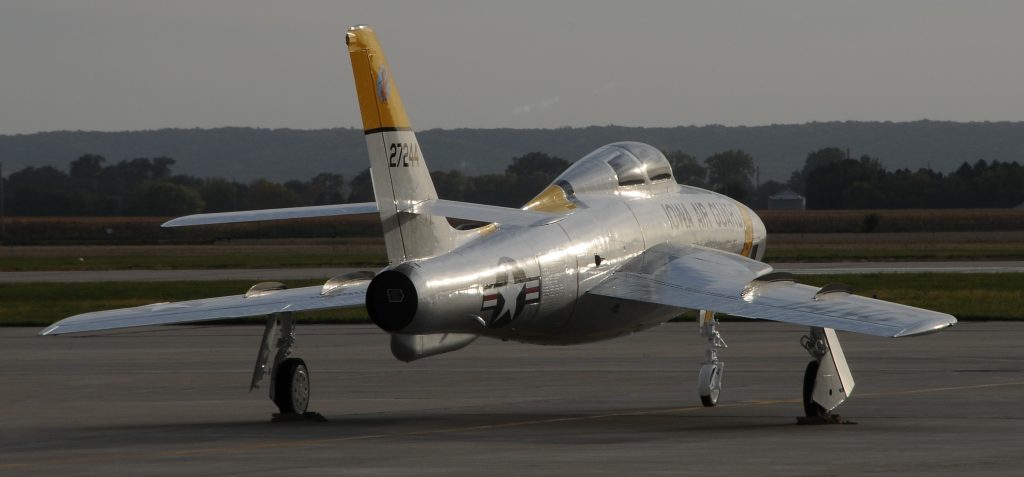
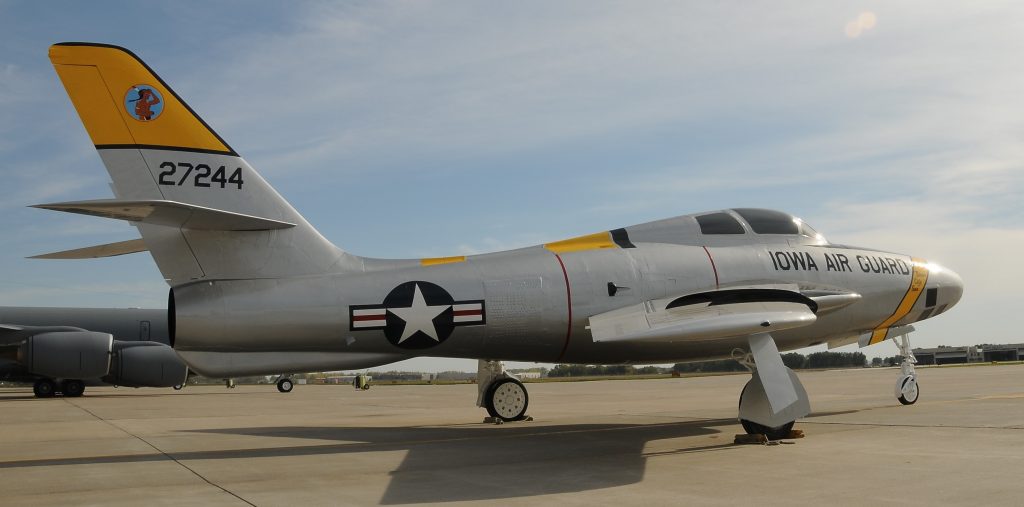
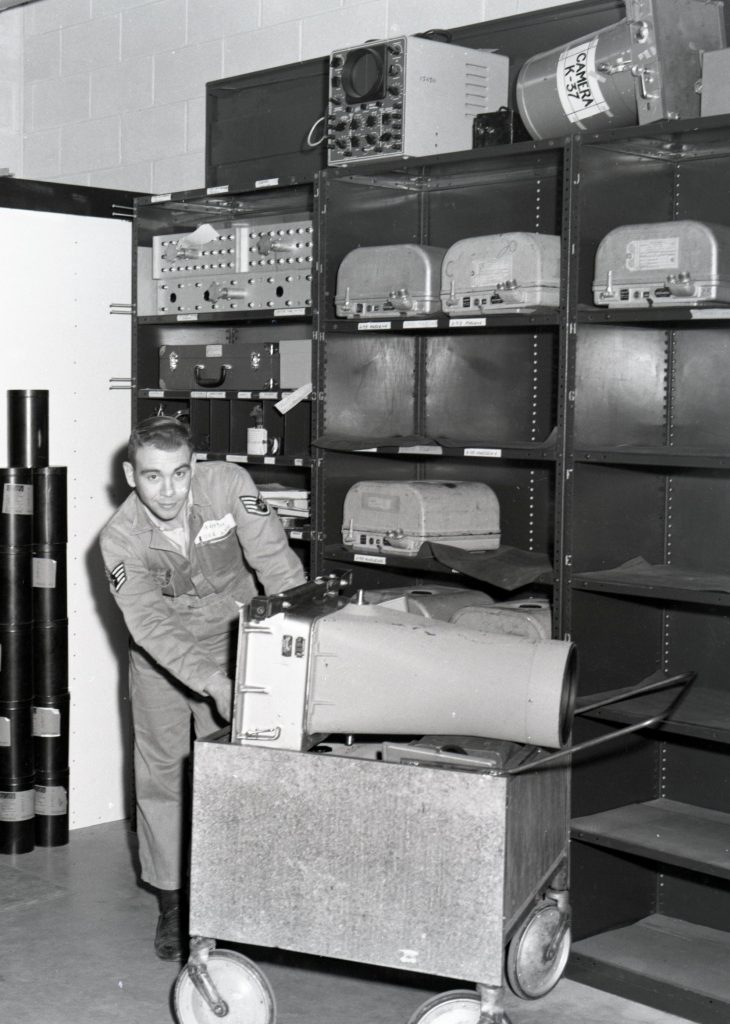
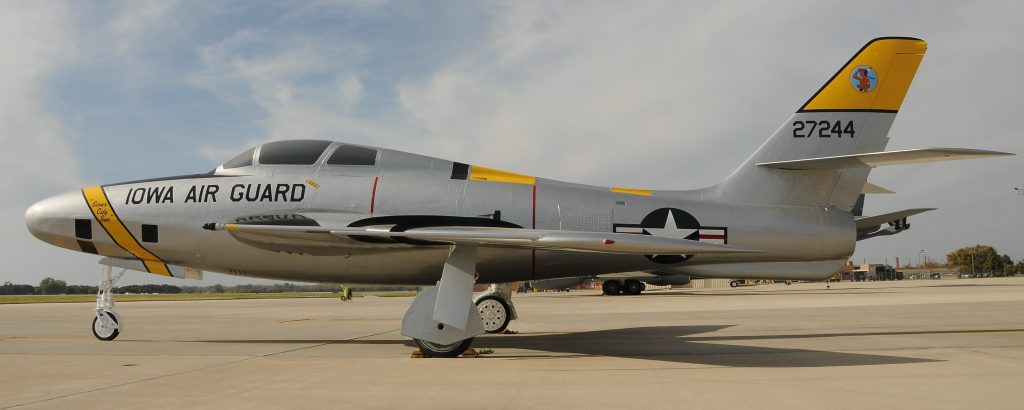
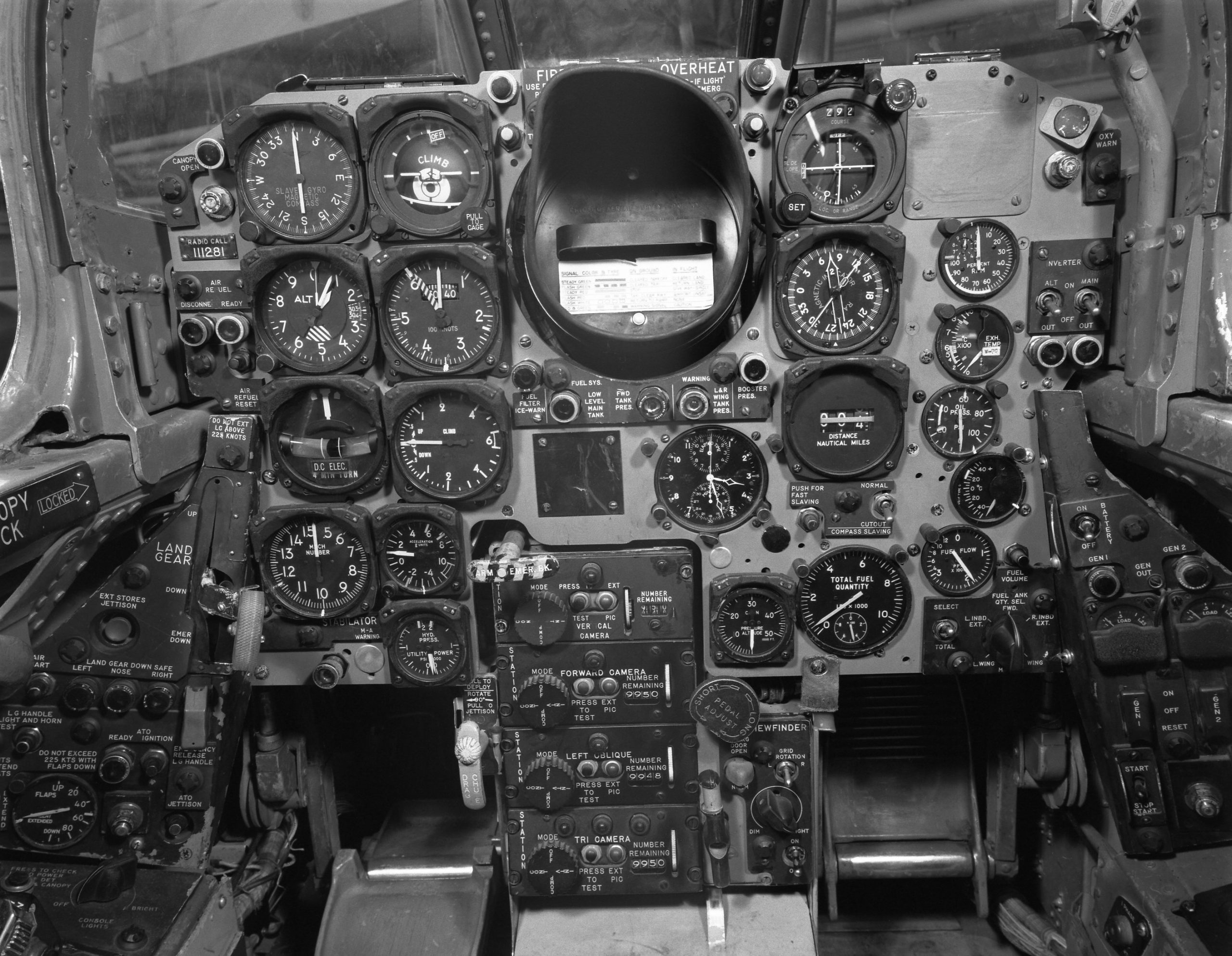
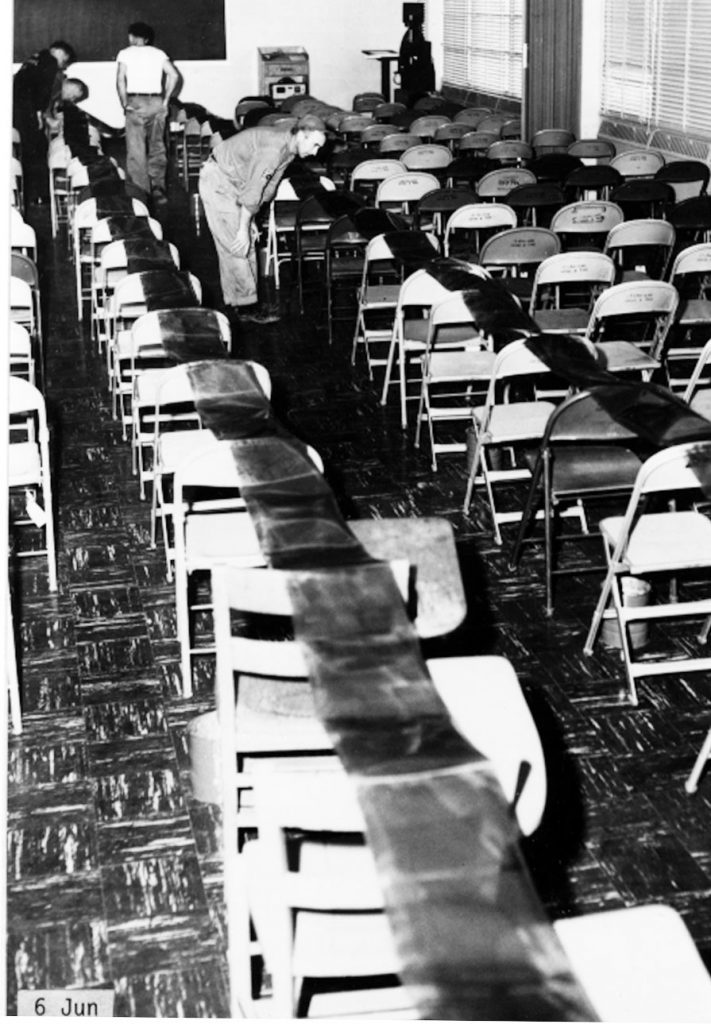
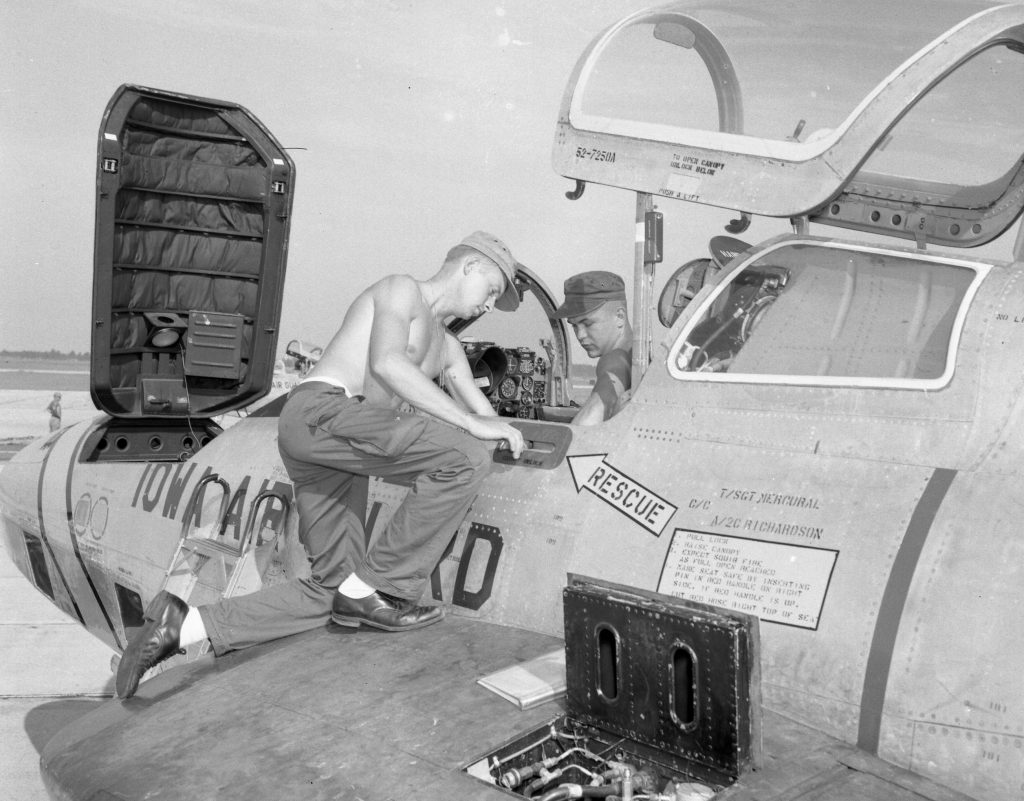
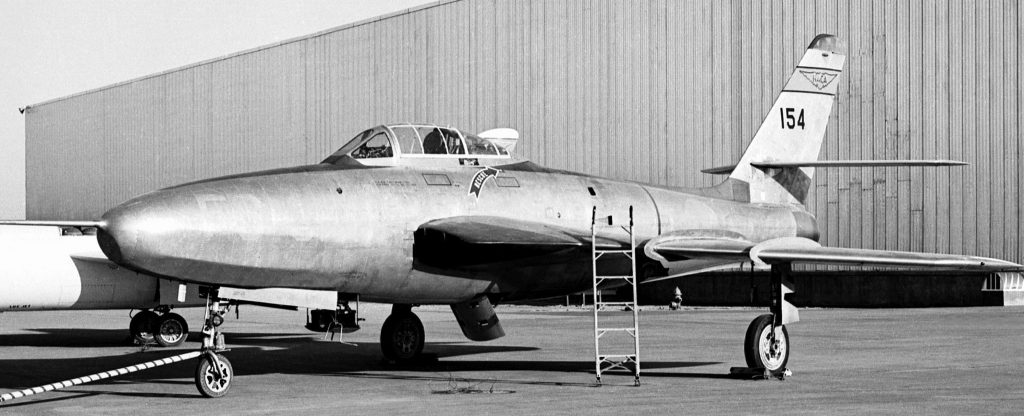
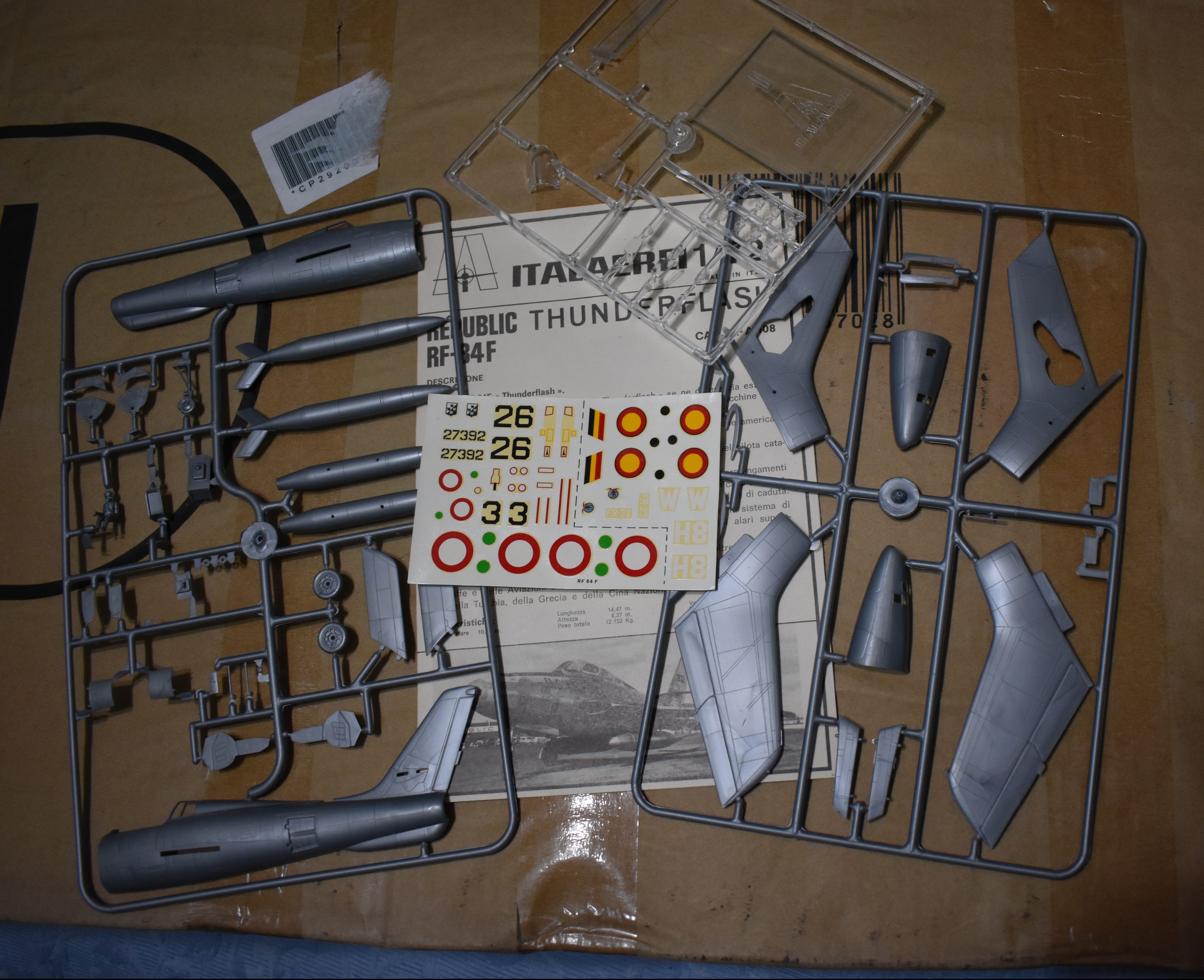
 Another RF-84F in 1:72 scale is the PJ Production multi-media kit, in resin, PE, metal and vacform plastic. It is highly accurate and detailed. Reviewers report it is not for beginners and requires a lot of dry fitting to reveal the difficult areas of assembly. The kit has been around for at least a decade, yet PJ Production website still lists it as a “new product”. It lists for 41.50 Euros (about $50 to $60 USD depending on the exchange rate).
Another RF-84F in 1:72 scale is the PJ Production multi-media kit, in resin, PE, metal and vacform plastic. It is highly accurate and detailed. Reviewers report it is not for beginners and requires a lot of dry fitting to reveal the difficult areas of assembly. The kit has been around for at least a decade, yet PJ Production website still lists it as a “new product”. It lists for 41.50 Euros (about $50 to $60 USD depending on the exchange rate). Almost forgot that in 2018 Sword issued their RF-84F. The quality of the parts is typical of Sword kits. Issued in two boxings with four different markings per box. Initial reviews are good. In the United States the price ranges from $20 to $32, and they’re selling fast.
Almost forgot that in 2018 Sword issued their RF-84F. The quality of the parts is typical of Sword kits. Issued in two boxings with four different markings per box. Initial reviews are good. In the United States the price ranges from $20 to $32, and they’re selling fast. For decades the only 1:48 scale RF-84F was the not so good Heller kit. Apparently first released in 1979-80 along with its F-84F Thunderstreak. About four years later Monogram released its way better F-84F, but for some reason decided not to do a much needed RF version. The Heller kit is as basic as the 1:72 scale Italeri kit, it’s been re-issued continuously and the U.S. price for previously owned kits averages $20, while the latest new issues are going for as much as $40 (outrageous given its age and lack of quality).
For decades the only 1:48 scale RF-84F was the not so good Heller kit. Apparently first released in 1979-80 along with its F-84F Thunderstreak. About four years later Monogram released its way better F-84F, but for some reason decided not to do a much needed RF version. The Heller kit is as basic as the 1:72 scale Italeri kit, it’s been re-issued continuously and the U.S. price for previously owned kits averages $20, while the latest new issues are going for as much as $40 (outrageous given its age and lack of quality).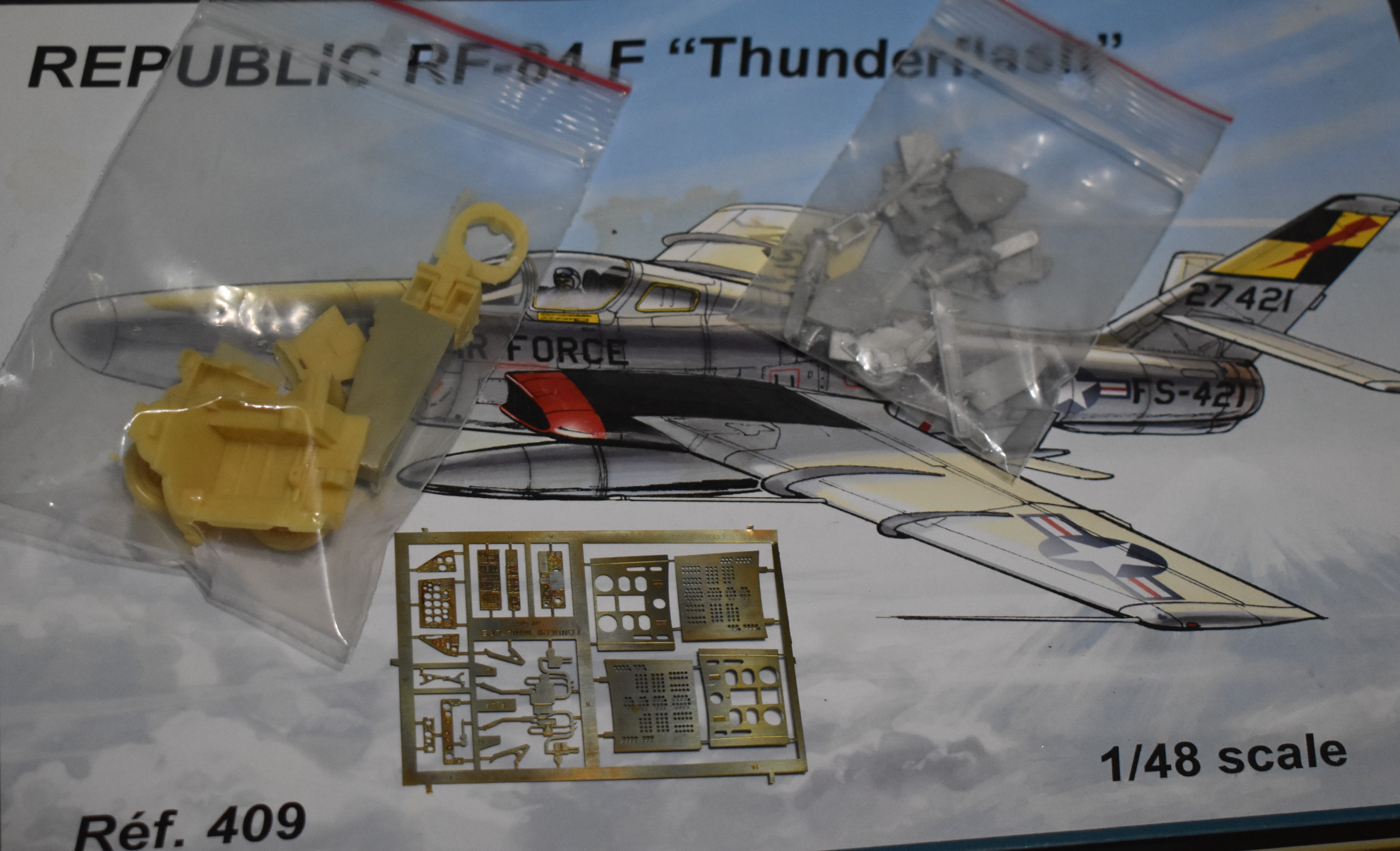
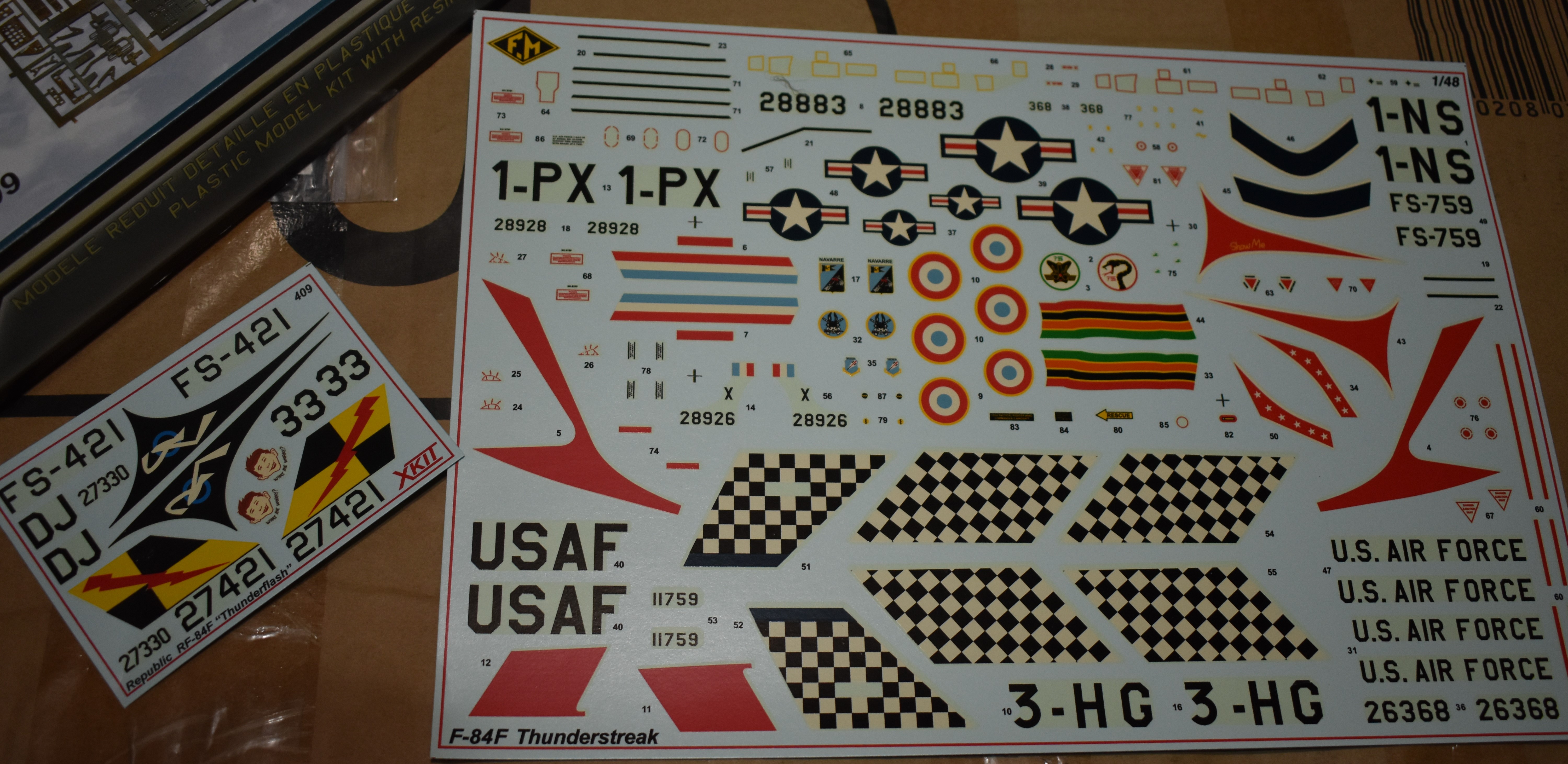
 And now for something really outrageous. Recently a Japanese company called Tanmodel issued the newest 1:48 scale RF-84F. You’d think it was the best damn thing in the world going by how much sellers are asking for it. An internet review said it was better than the ancient Heller kit, but the recessed surface detailing is not much better than Monogram’s raised detailing. In fact the reviewer said the recessed rivets (which there are no such thing on real airplanes) look more like 1:32 scale rivets, the pics of the completed kit makes it look like the trench-n-divet surface details are raised because they’re so over-scale. You get air intake ducting and an exhaust pipe. You also get a detailed camera bay, which is pointless because the fuselage is not molded so that you can poise the access door in the open position (you could do surgery). The ultimate reason this kit is so outrageous is its asking price, I’ve seen prices ranging between $70 and $180!!!
And now for something really outrageous. Recently a Japanese company called Tanmodel issued the newest 1:48 scale RF-84F. You’d think it was the best damn thing in the world going by how much sellers are asking for it. An internet review said it was better than the ancient Heller kit, but the recessed surface detailing is not much better than Monogram’s raised detailing. In fact the reviewer said the recessed rivets (which there are no such thing on real airplanes) look more like 1:32 scale rivets, the pics of the completed kit makes it look like the trench-n-divet surface details are raised because they’re so over-scale. You get air intake ducting and an exhaust pipe. You also get a detailed camera bay, which is pointless because the fuselage is not molded so that you can poise the access door in the open position (you could do surgery). The ultimate reason this kit is so outrageous is its asking price, I’ve seen prices ranging between $70 and $180!!!